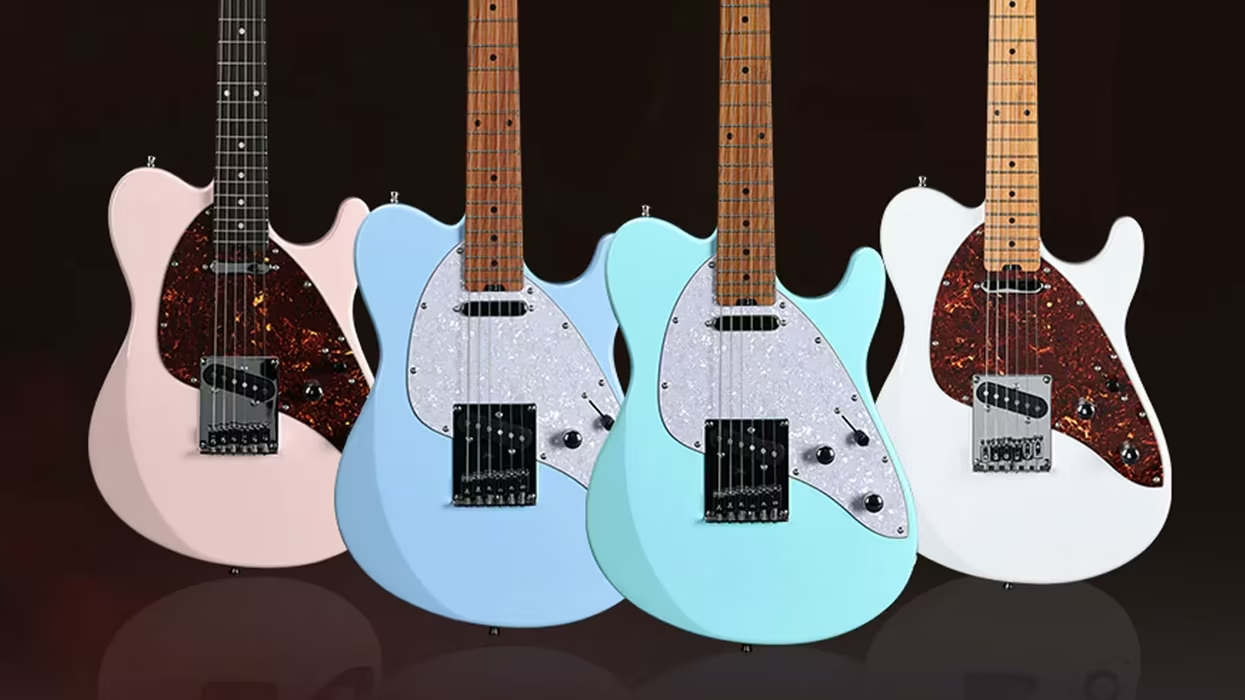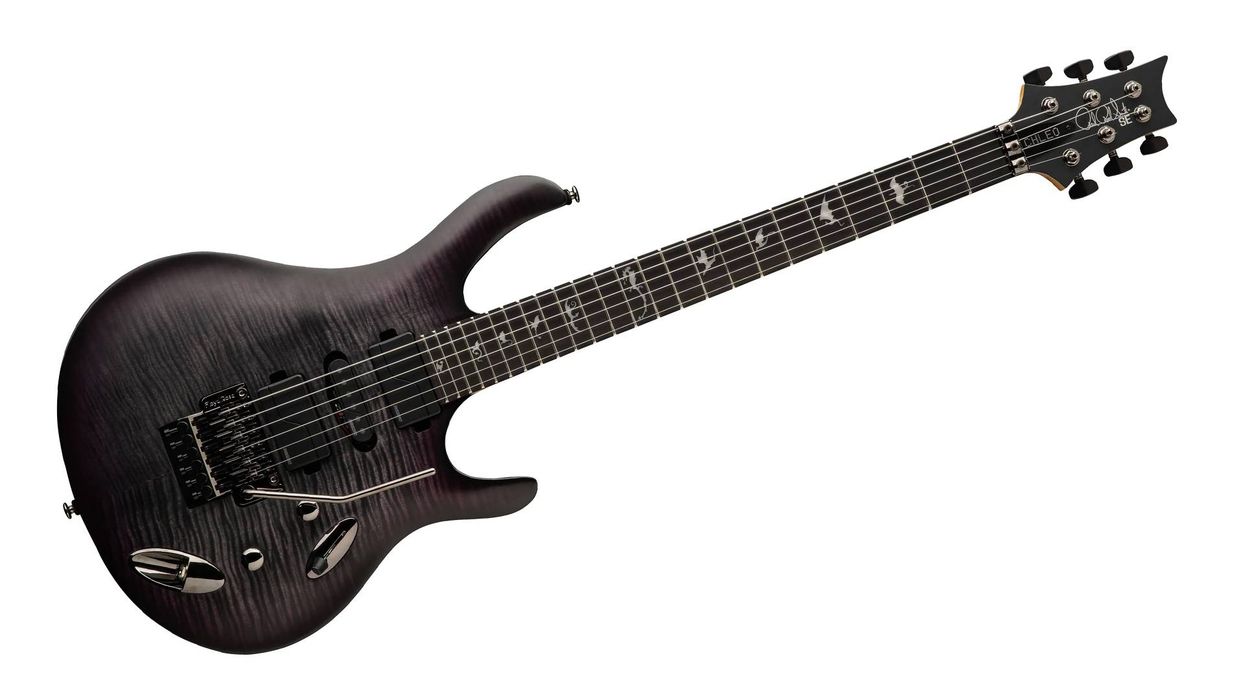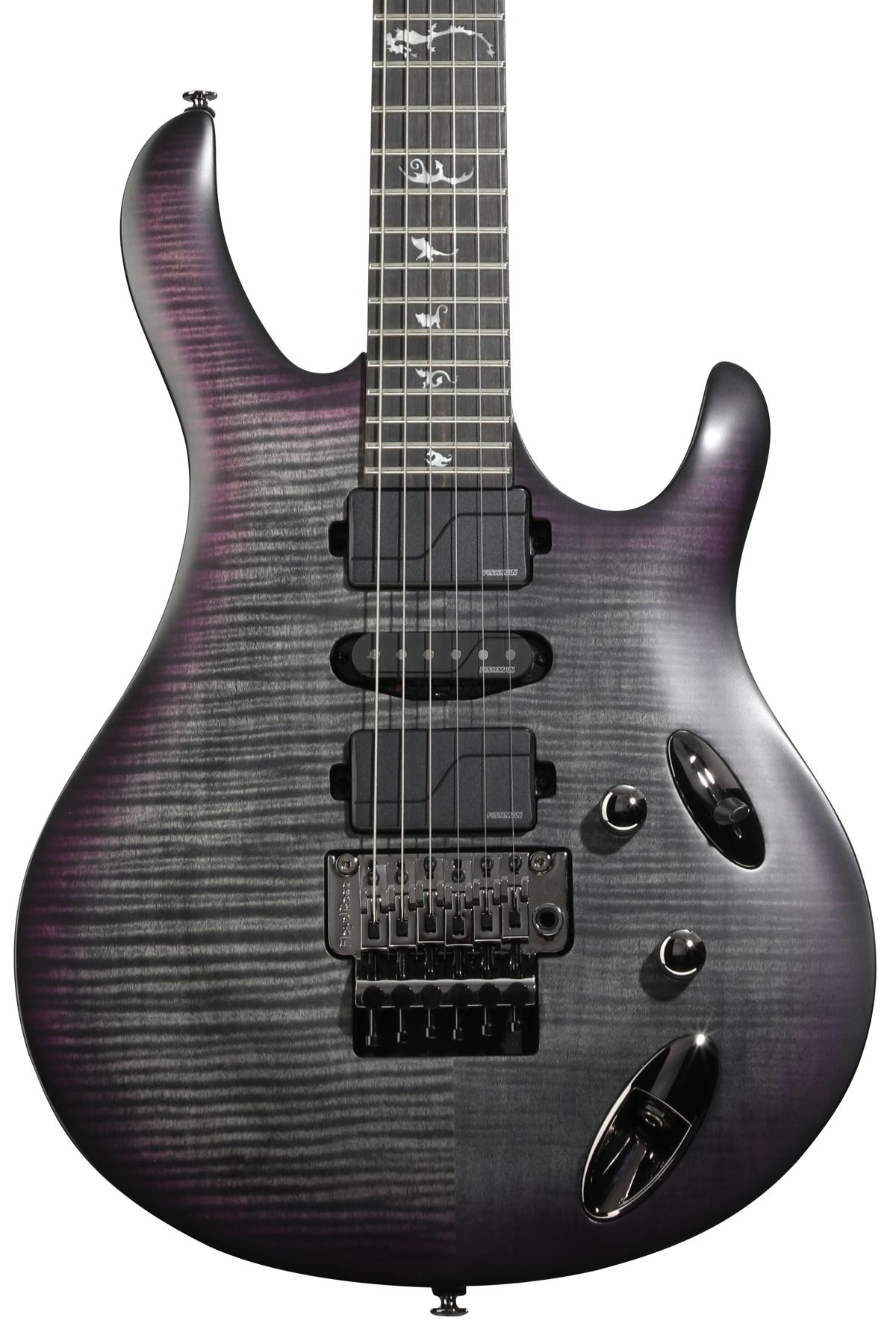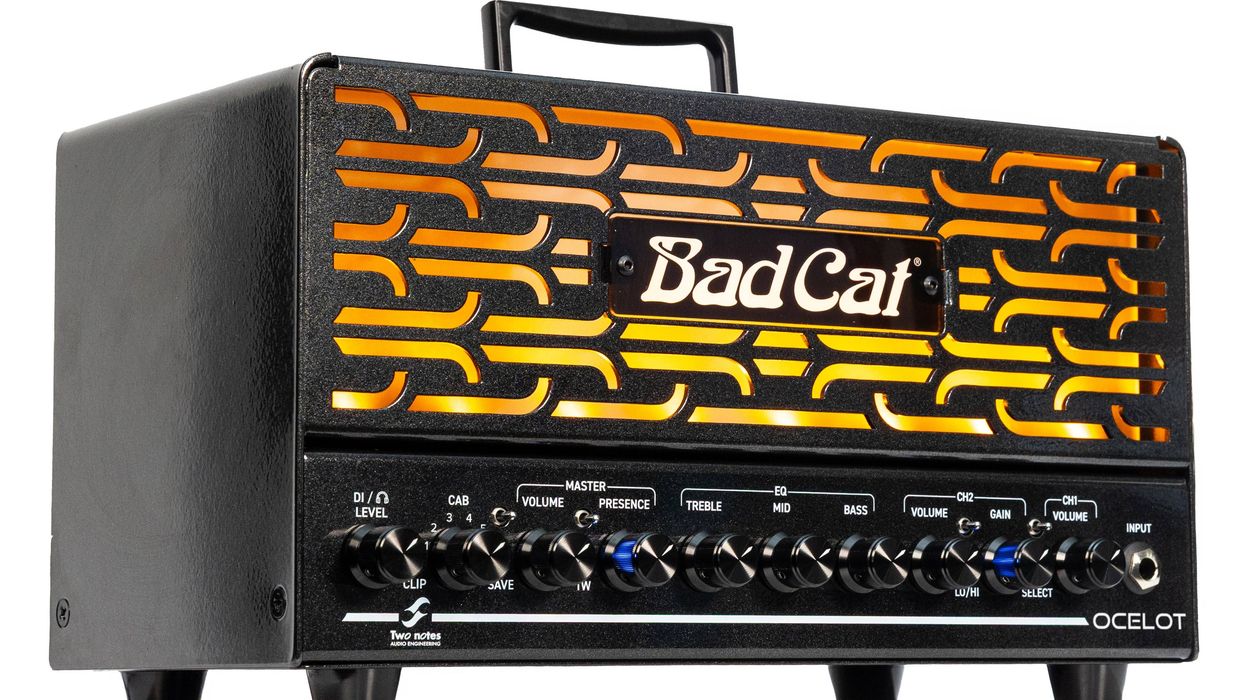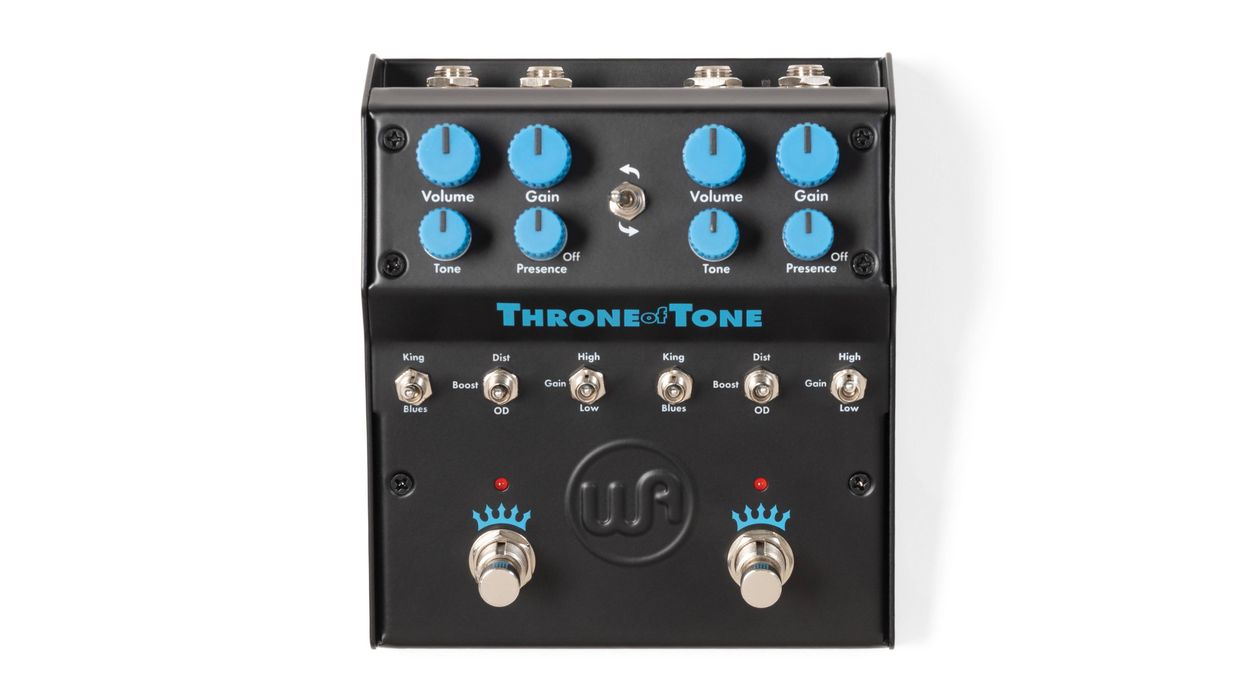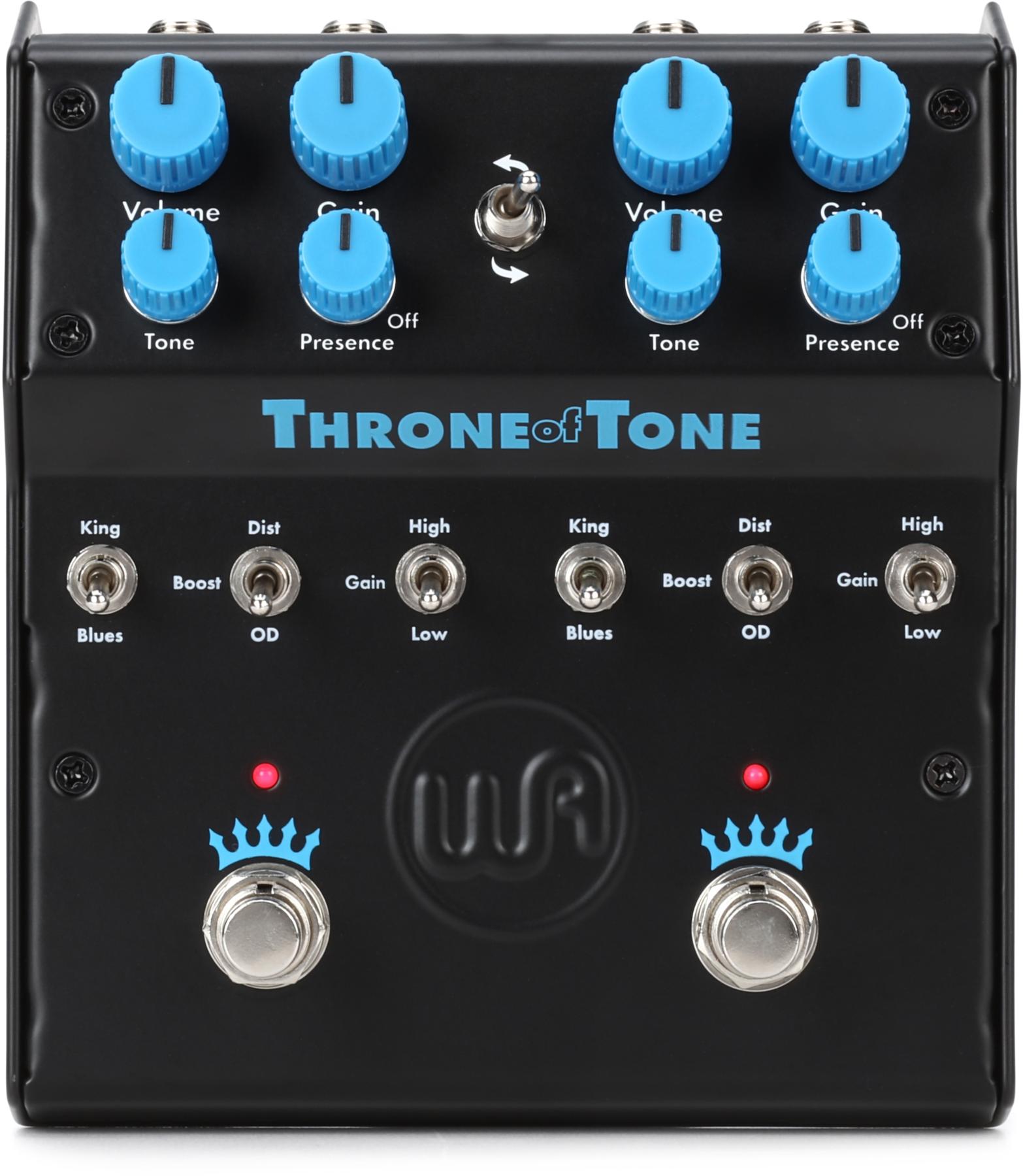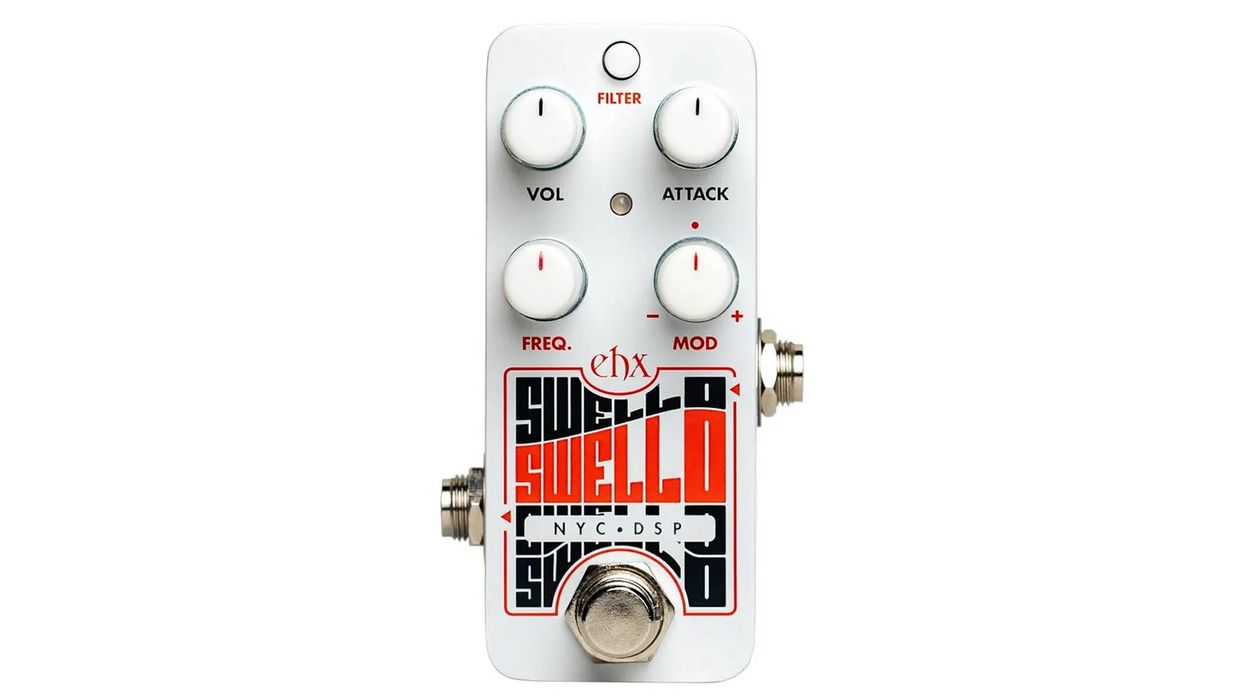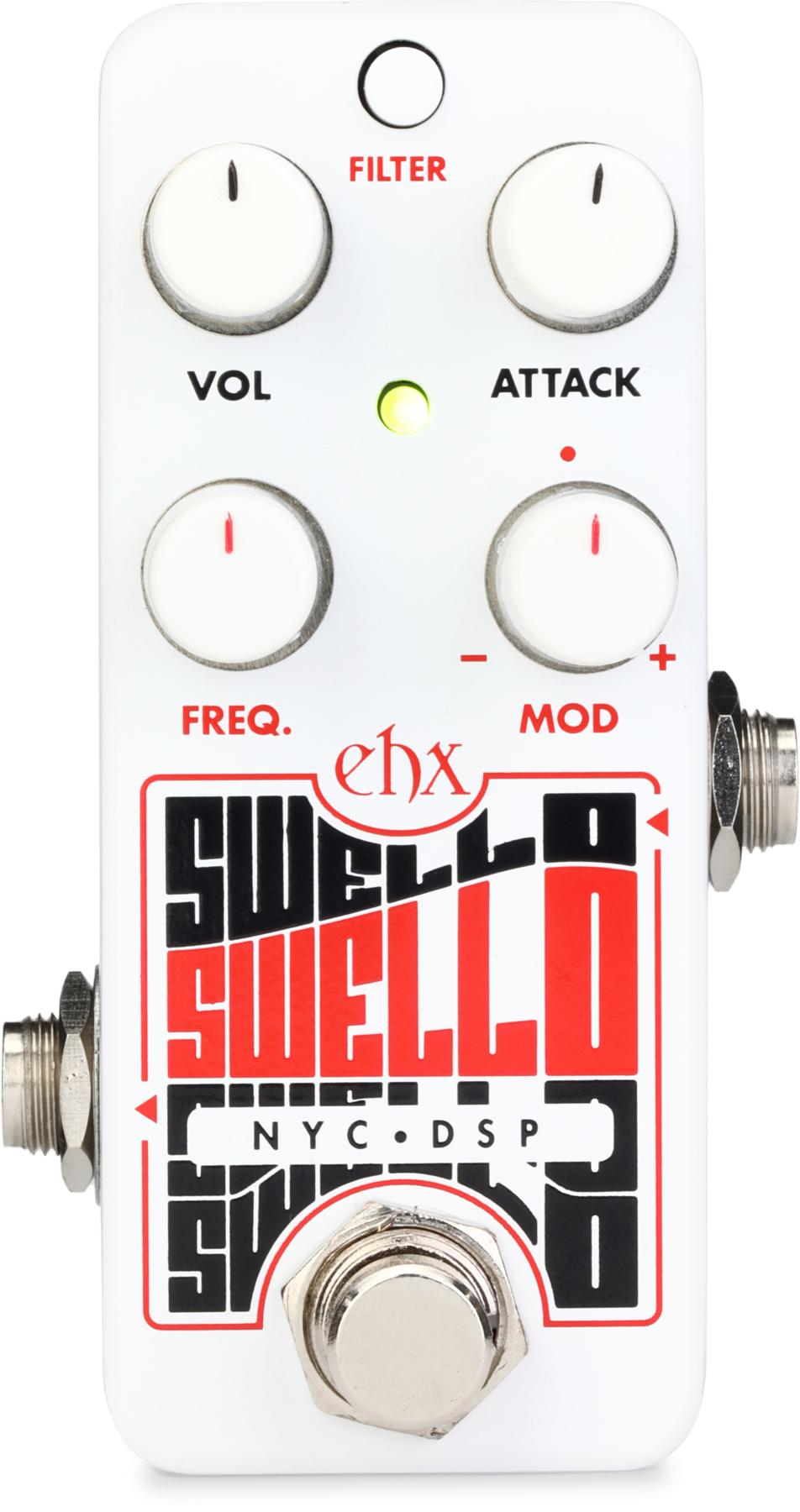The gear that passed through our reviewer’s hands in 2025 was a thrillingly varied bunch. There were new takes on old friends, slimmed and shrunken evolutions of proven designs, and radical reinventions of the instrument we love and treasure so much. Join us as we review the guitars, pedals, amps, modelers and more that stood apart from the pack.
Keeley Zoma

Keeley chased one of the most perfect effect combinations—the tremolo and reverb from a black panel Fender amplifier—in the form of the Zoma. But the tremolo-and-reverb combo goes beyond mere black-panel flavors. There’s a versatile plate reverb setting, harmonic tremolo, and vibrato, too, and it’s all very straightforward and easy to use. Stereo capabilities take the lushness to another level if you choose, making the Zoma a standout in a class of pedals chasing magic Fender amp effects formulas.
$229 street, robertkeeley.com
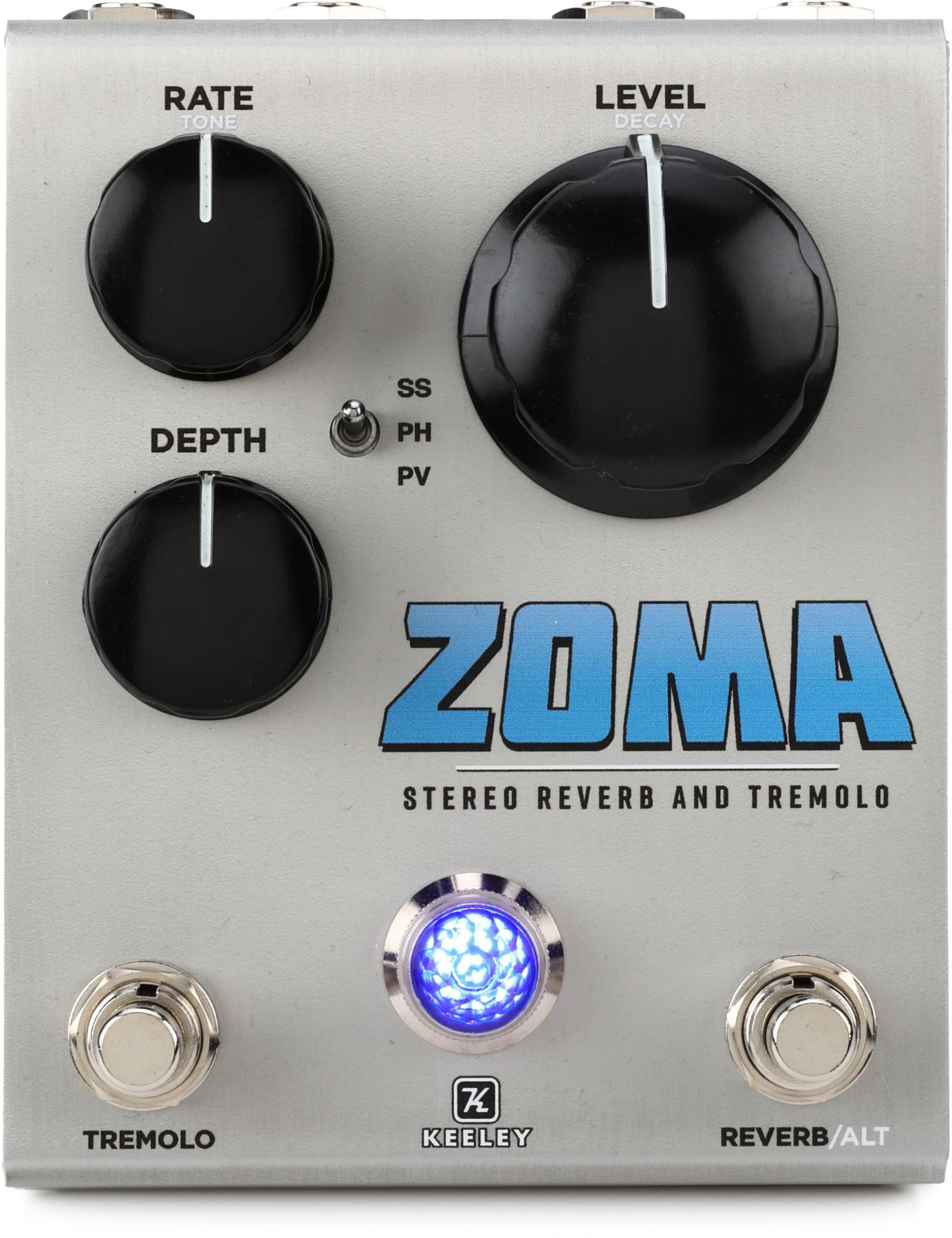
Keeley Zoma Stereo Reverb and Tremolo Pedal
J. Rockett PXO
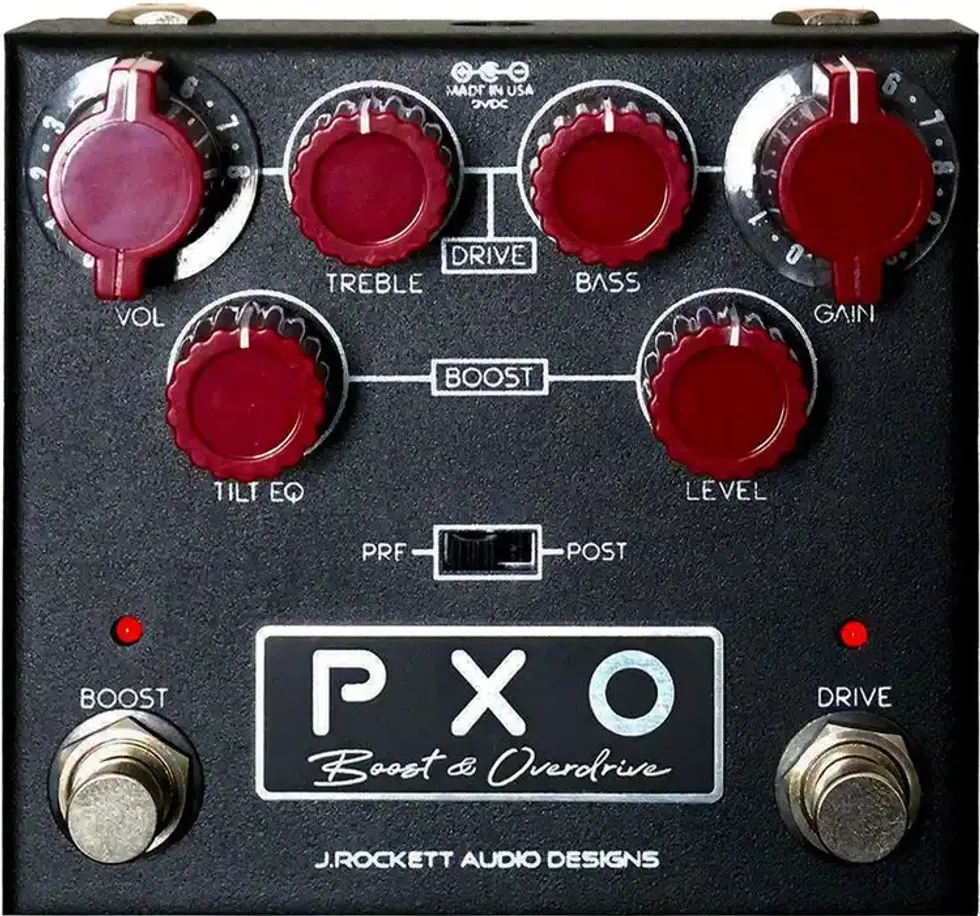
Phil X’s signature drive and boost is not, at its foundation, a unique idea. But by making the boost and overdrive order switchable and adding flexible EQ controls, the PXO becomes more than the sum of its parts. It can make single coils sound as fat as humbuckers or add treble that burns. It’s a fantastic studio and stage tool—both for discovery and backline problem solving.
$349 street, rockettpedals.com
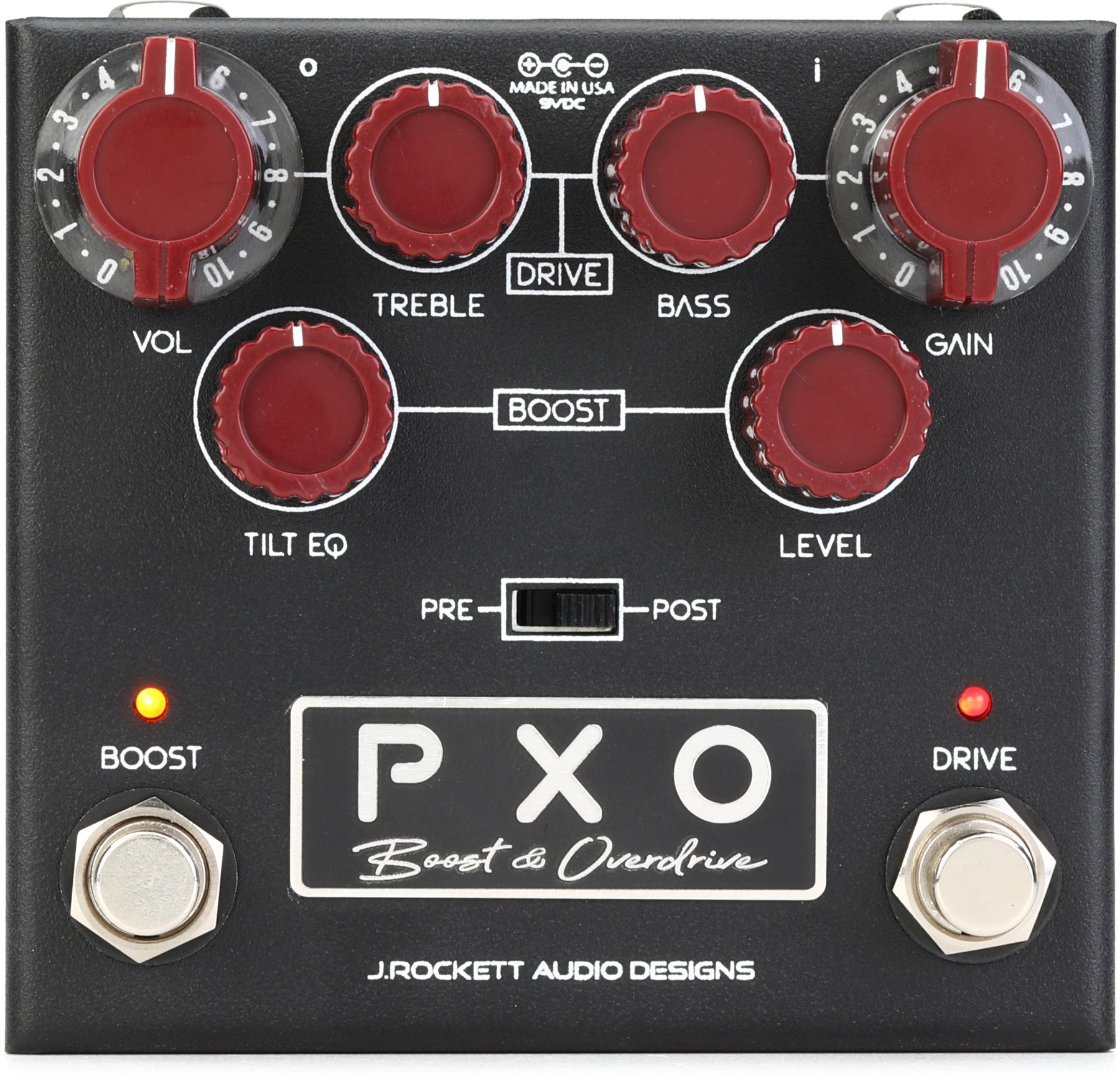
J. Rockett Audio Designs PXO Phil X Signature Overdrive Pedal
Gibson Les Paul Studio

Over several decades, Gibson’s minimalist, more economical version of the Les Paul enabled a lot of players to own the fabled—but often expensive—solidbody. In this case, $1,599 might still feel a touch pricy, but reviewer Dave Hunter found the playability on our review model superb, and described the hotter-than-vintage-spec Burstbucker Pro pickups as extremely articulate.
$1,599 street, gibson.com
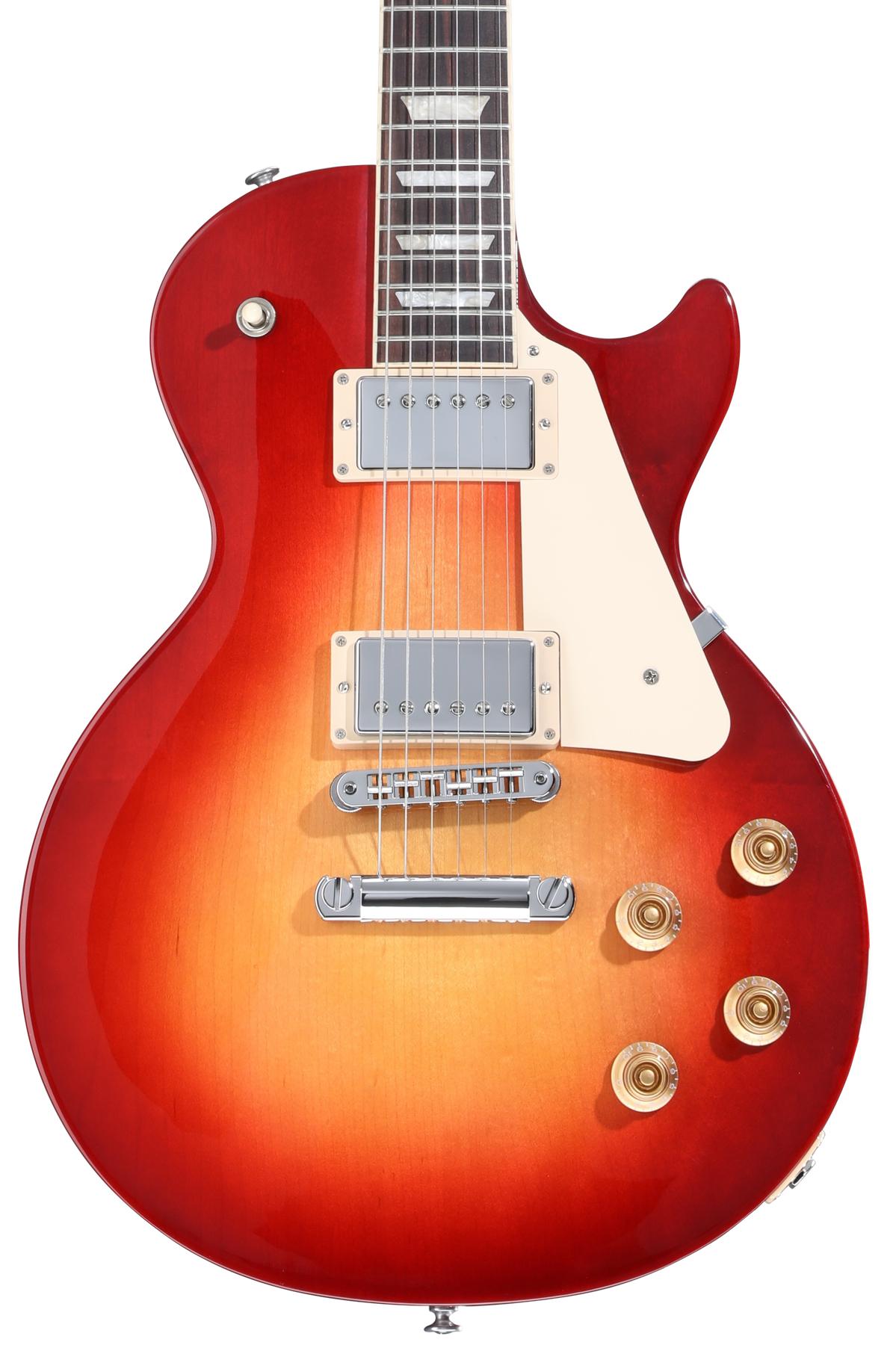
Gibson Les Paul Studio Electric Guitar - Cherry Sunburst
SoloDallas SVDS

The Schaeffer-Vega Diversity System isn’t exactly a household name—even among gear nerds. But as an early wireless system, its mild coloration became essential for Angus Young and Eddie Van Halen. The SVDS Boost reduces its inspiration to its essence, beautifully fattening every facet of a guitar’s output without favoring any particular frequency.
$129 street, solodallas.com
Read the ReviewOrange Gain Baby
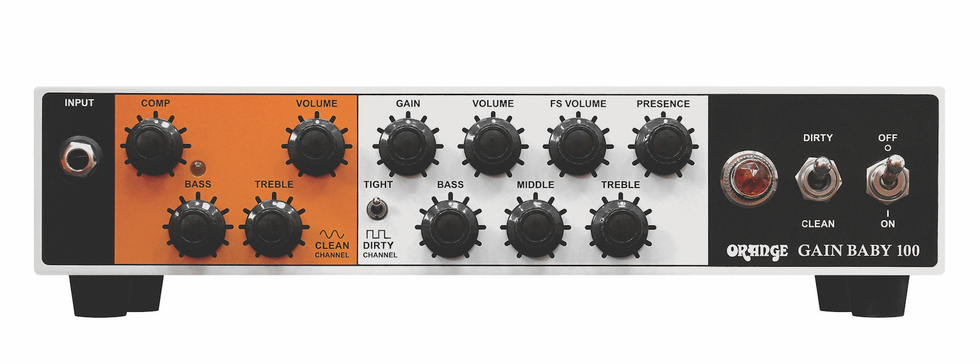
Many of Orange’s solid state amps in the Crush and Terror series have become staples of studios and the road. The Gain Baby, which is part of a trio of new “Baby” solid state offerings, is crushing in its own way. It also weighs just 6 1/2 lbs. Stuff it in the included shoulder bag and you have a highly portable monster that can deliver headroom and rage.
$599 street, orangeamps.com

Orange Gain Baby 100-watt Amplifier Head
TC Electronic Plethora X1

The Plethora X1 doesn’t do gain effects, but it covers just about everything else. It’s packed with models of TC’s signature delay, reverb, modulation, octave effects and more, plus access to the company’s star-studded Tone Print library. At just $159, it's a stellar value.
$159 street, tcelectronic.com
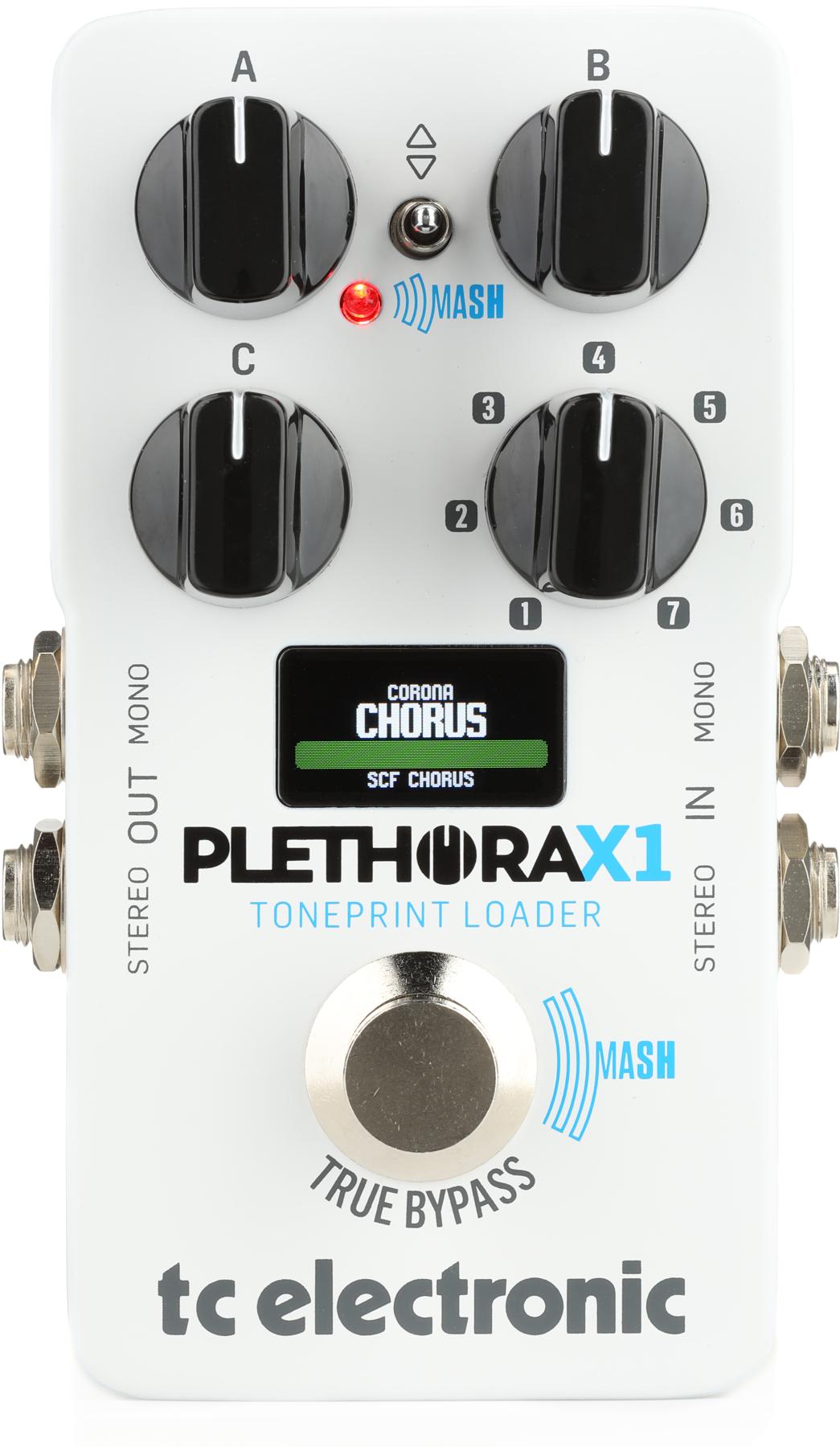
TC Electronic Plethora X1 TonePrint Multi-effects Pedal
MXR Rockman
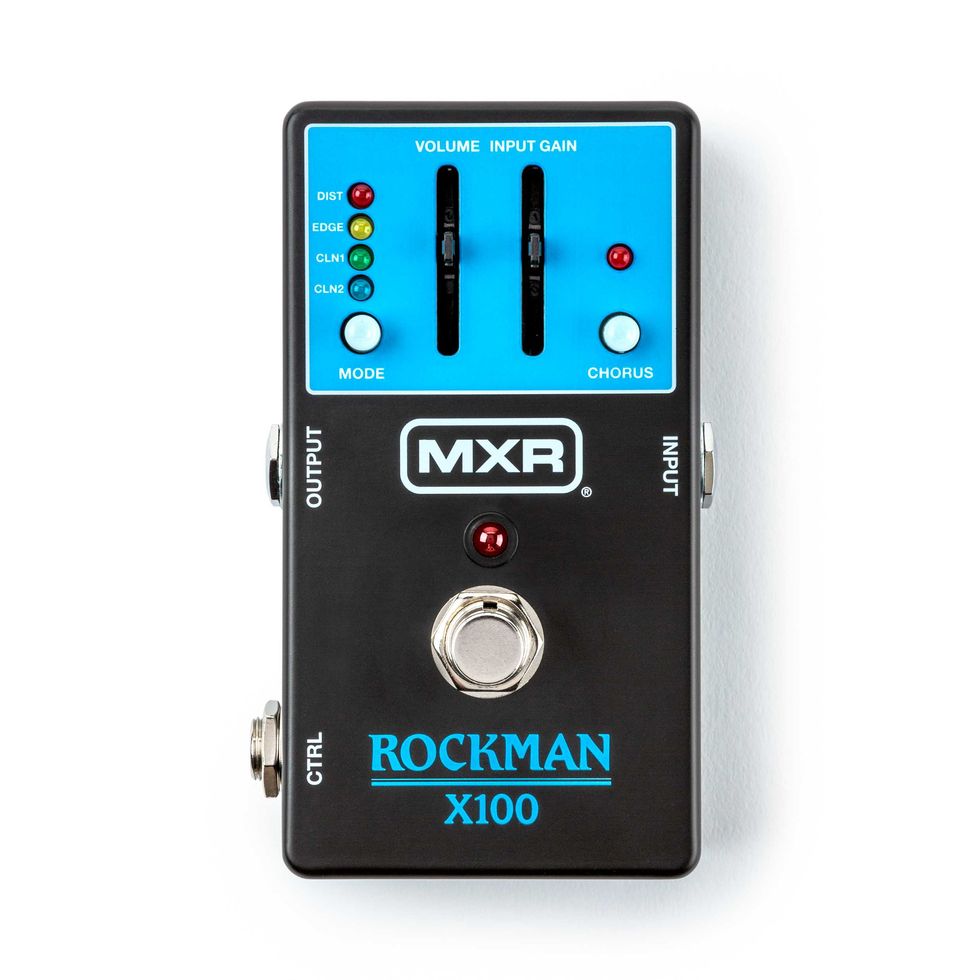
To resurrect one of the ’80s most essential tone machines in pedal form, the MXR team set their sights on the Rockman X100. They’ve recreated all four modes from the original: cln2 is the default setting, cln1 in the second position is EQ’d with a mid-boost, edge delivers moderate clipping, and dist is high-gain. Both distortion settings use the same hard-clipping LED diodes as the original. Preset compression and an analog chorus circuit add to the fun and nail the vibe.
$245 street, jimdunlop.com

MXR Rockman X100 Preamp Pedal
Carr Skylark Special

No stranger to our Year in Gear list, Carr Amplifiers delivered again. The brand made the already spectacular Skylark lighter, but also added an EZ81 tube rectifier and a Hiwatt-inspired tone section from their equally awesome Bel-Ray. With a 2x6V6 power section, it’s no surprise that the Skylark Special has more than a hint of Fender Harvard and Princeton in its makeup. But the extra bit of British flavor, as well as the bass response from the 12" Celestion, make it a thrillingly versatile twist on the Fender formula.
$3,200 street, carramps.com
Supercool Barstow Bat
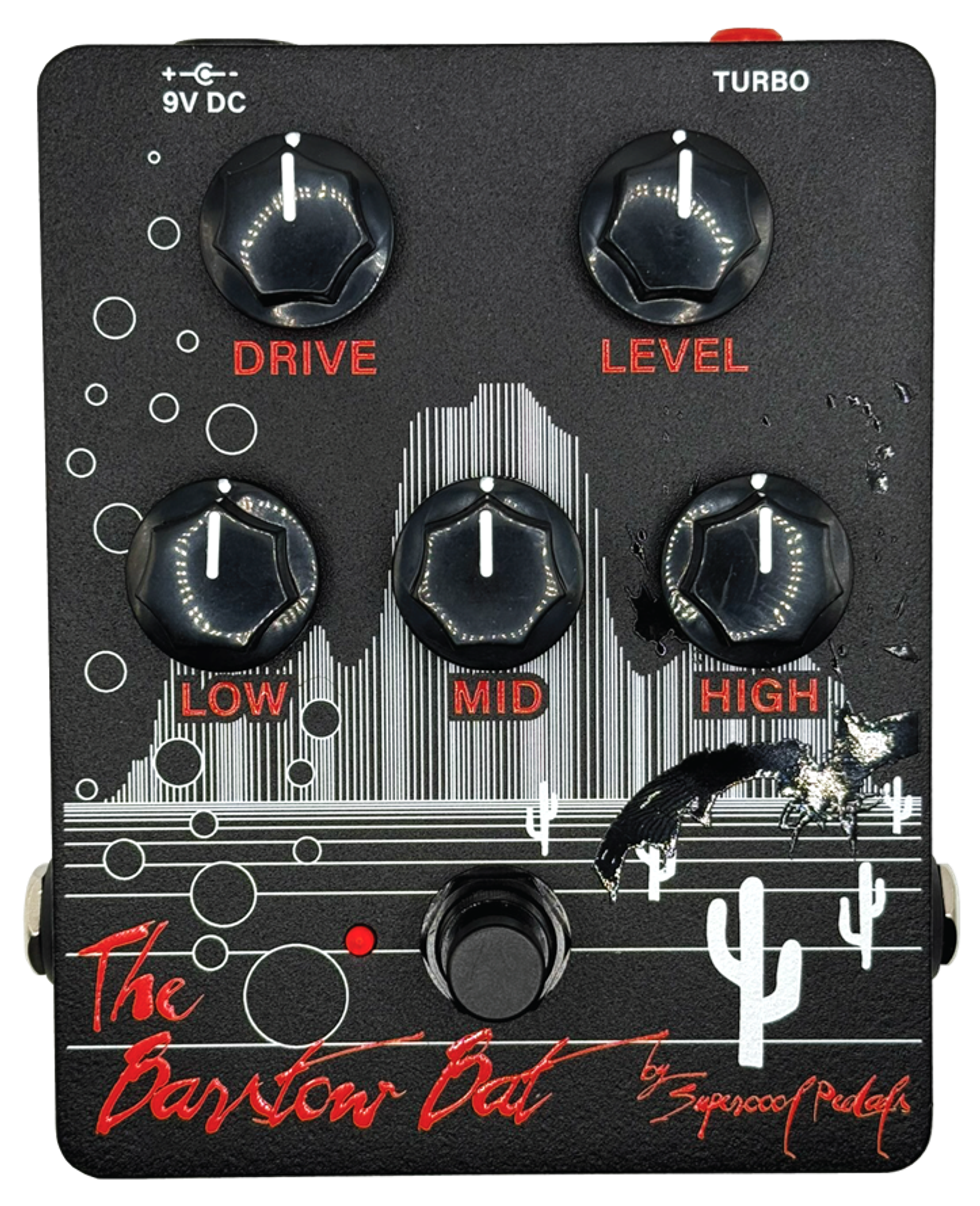
The magic of the Barstow Bat is its ability to expand the Pro Co RAT’s traditional vocabulary to include 1960s-style fuzz realms, exploding lo-fi student-amp tones and extreme sounds spanning fat and blurry and hot and trebly. A 3-band EQ replaces the traditional filter knob on a RAT, extending its sound palette significantly—and in ways an old RAT could only hint at.
$200 street, supercoolpedals.com
Ernie Ball Music Man StingRay II

Some might find it hard to imagine Cory Wong without a Stratocaster. But in helping design the StingRay II, Wong not only deviated from the Strat template but delved into the realm of humbuckers. Our reviewer found the pickups warm and tight in the low end and more than articulate enough to accommodate Wong’s signature rhythm riffing. They’re also capable of smoky jazz tones and burly alt-rock rowdiness, making the StingRay II an axe for any mission.
$2,999 street, music-man.com

Ernie Ball Music Man StingRay II in Collaboration with Cory Wong Electric Guitar Cashmere
Ananashead Spirit Fuzz
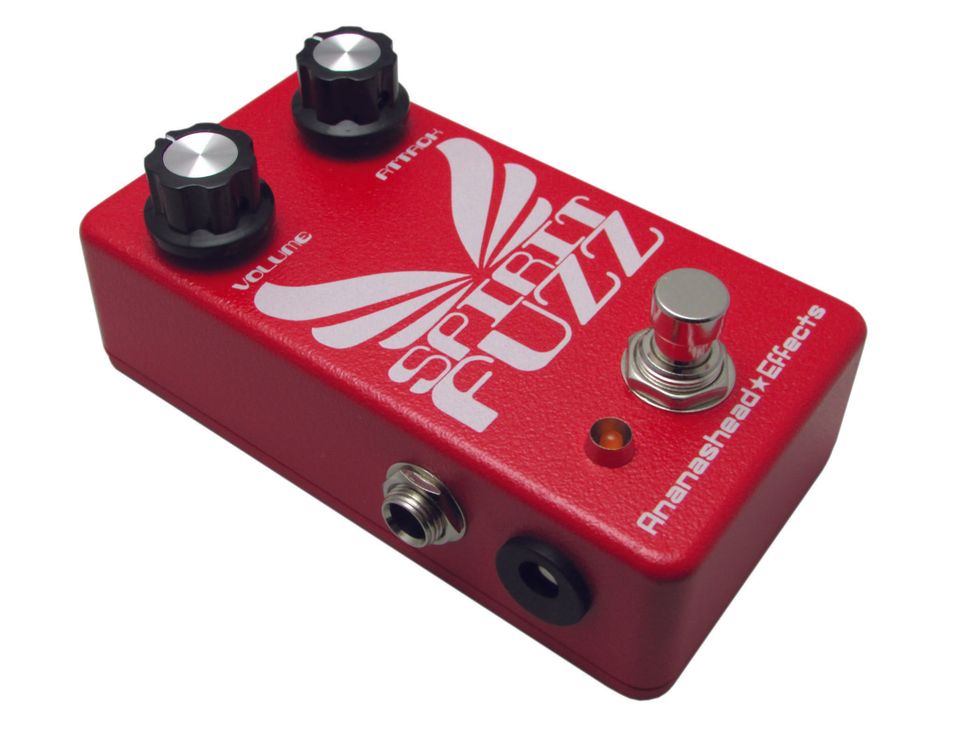
The Jordan Boss Tone is one of the nastiest 1960s fuzz artifacts—check Big Brother and the Holding Company's Cheap Thrills for reference—and Barcelona’s Ananashead captured every bit of that potency in the Spirit Fuzz. The Spirit Fuzz isn’t exclusively mean—it can be smooth and mysterious, too. And while it really loves humbuckers, it will happily take a buzzy trip with just about any guitar or pickup you put in front of it.
$117 street, ananashead.com
Great Eastern FX Co. Focus Fuzz Deluxe
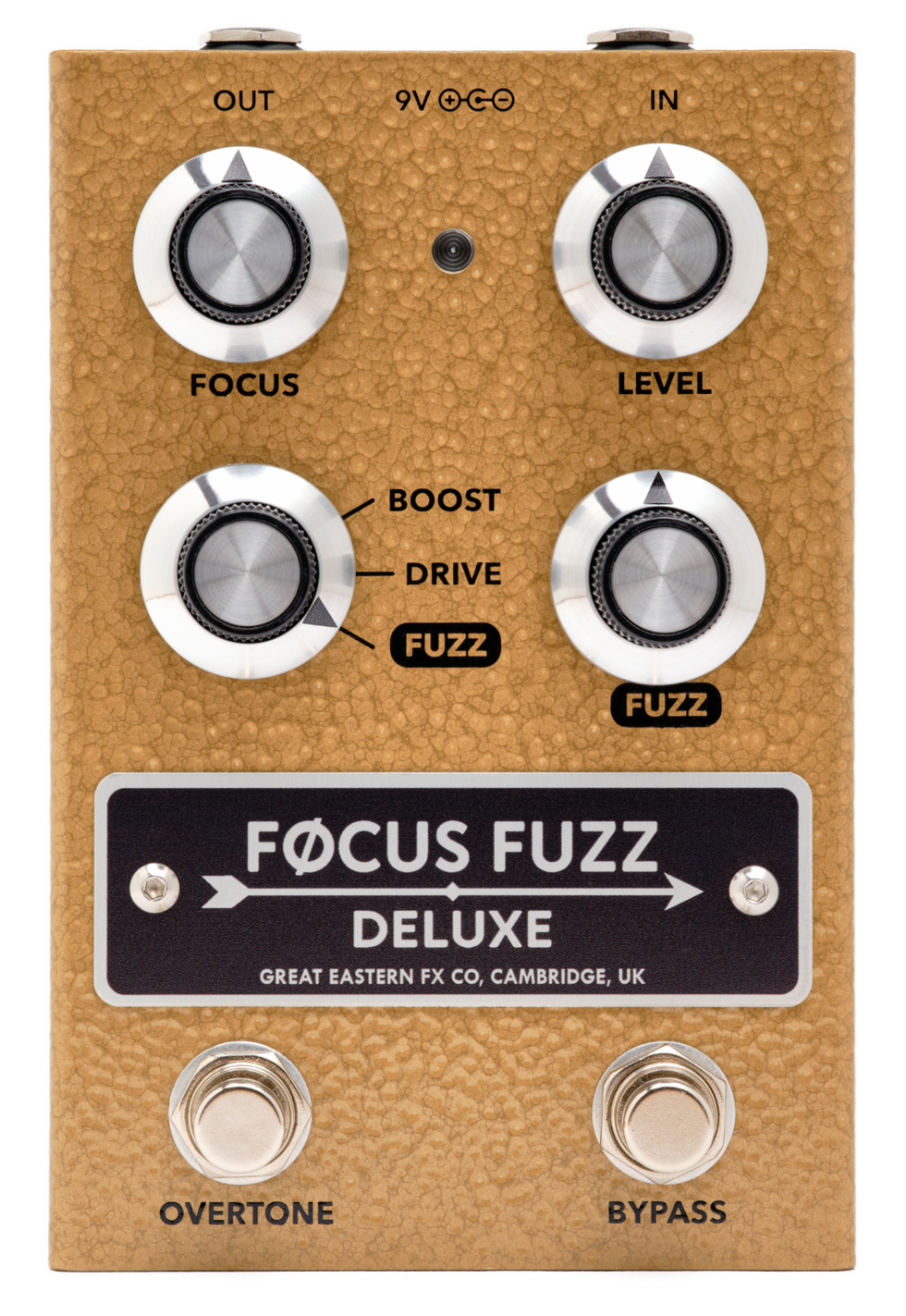
The Focus Fuzz Deluxe was destined to be a rare bird from the start. Great Eastern boss David Greeves had just 400 of the NOS transistors required to arrive at the Focus Fuzz Deluxe formula. But oh, what a formula it is. Unlike many fuzzes, it leaves lots of headroom for a dynamic touch, but still screams—all while offering superb boost and drive sections.
$349 street, greateasternfx.com
Boss Waza Tube Expander Core

Boss’ first Tube Amp Expander reactive load box stood out among the competition for its integrated 100-watt power amp. Still, it was expensive, and though compact, wasn’t exactly backpack portable. The small, more wallet-friendly Core version addresses both issues, making one of the most powerful tools for recording big sounds at quiet volumes a more accessible proposition.
$769 street, boss.info
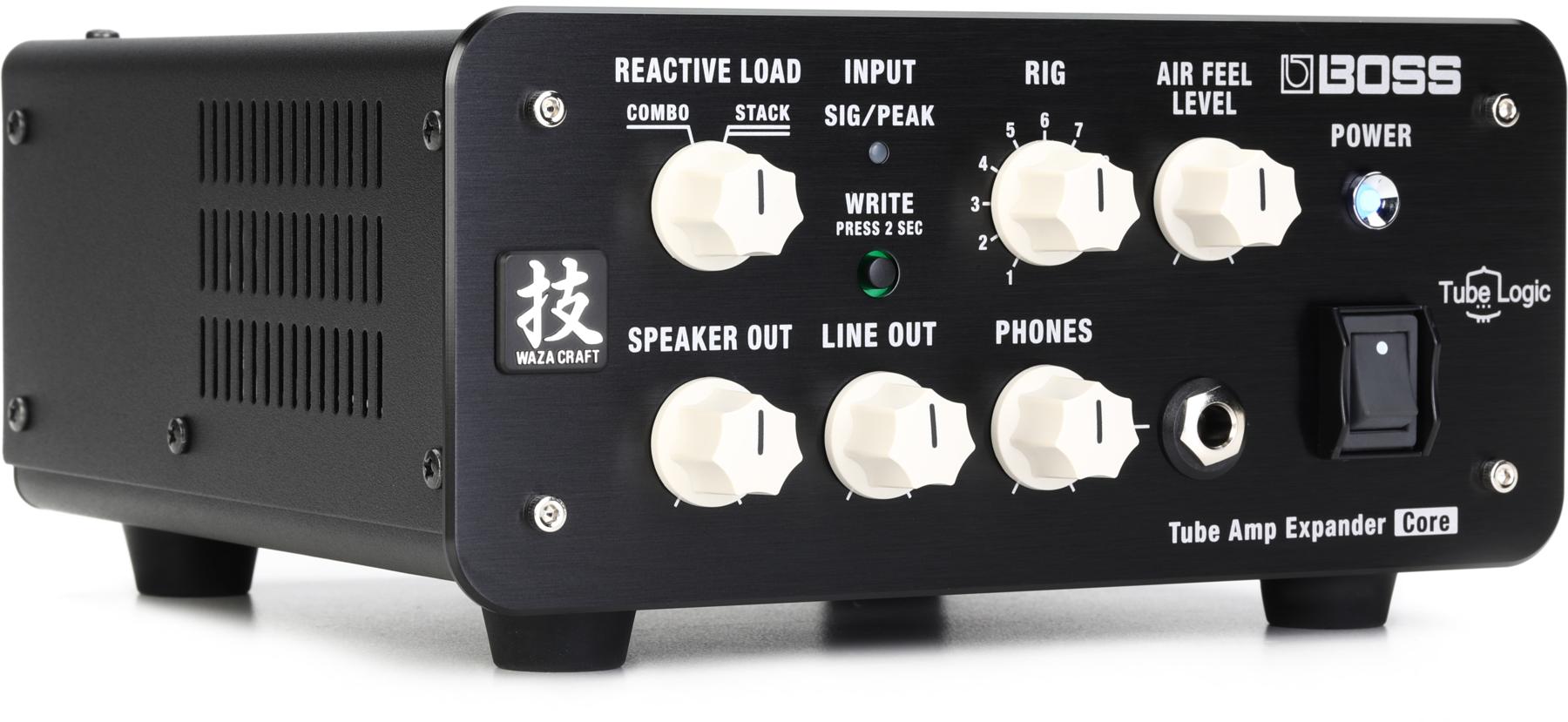
Boss Waza Tube Amp Expander Core
Divided By 13 CCC 9/15
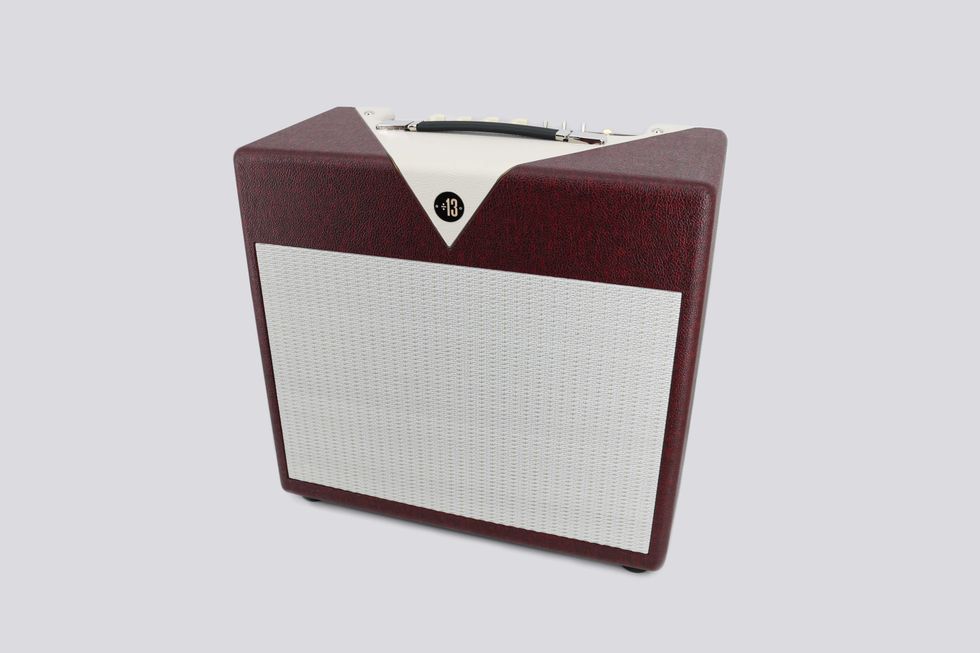
Clearly, Divided By 13 has thrived under the ownership and guidance of Two-Rock Amplifiers' Eli Lester and Mac Skinner. This brilliant design enables the lucky owner to select between 9-watt 6V6GT or 15-watt EL84 output stages. As you’d expect, it spans 1950s Fender tweed colors and 1960s Brit chime, all while staying dynamic and deftly ranging from clean to filthy.
$3,549 street, dividedby13.com
Moth Electric C. Regalis

Any overdrive that offers blendable clean and dirty tones promises a certain measure of extra flexibility. But the C. Regalis’ powerful +/-15 dB bass-and-treble EQ, as well as its smooth/crunch switch that adds even-order harmonics, make it capable of very heavy and subtly boosted tones that can coax magic out of any guitar/amp combination.
$179 street, mothelectric.com
Taylor Gold Label 814e Koa Super Auditorium

Seeing a Taylor on our Year in Gear list is practically inevitable. But even by Taylor standards the Gold Label 814e Koa Super Auditorium is Cadillac stuff—and a treat to play. For starters, the Super Auditorium body could be Taylor’s loveliest shape ever. But the just-right proportions, combined with Andy Powers' V-Class bracing, add up to a flattop that sounds seasoned, balanced, and beautiful.
$4,799 street, taylorguitars.com
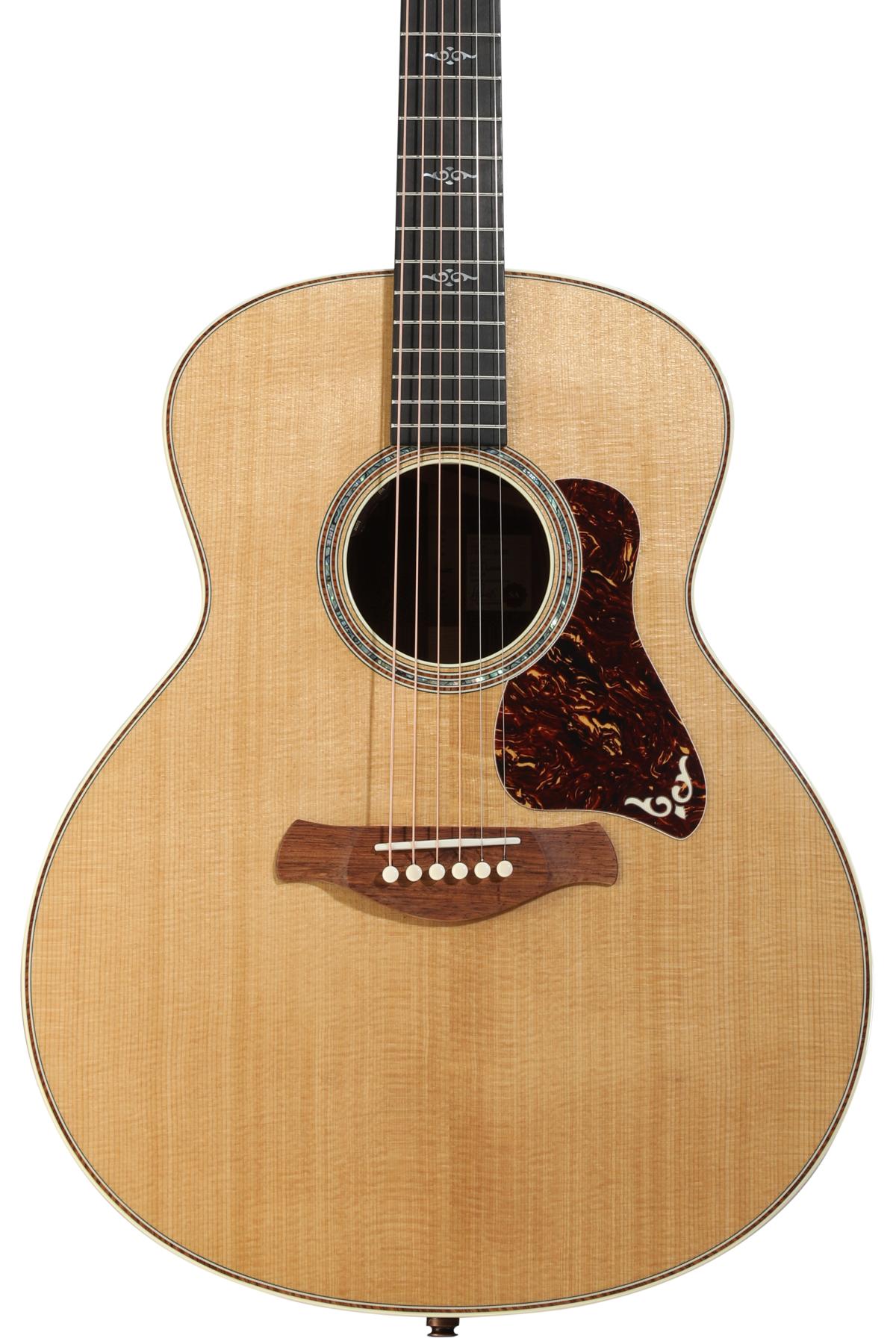
Taylor Gold Label 814e Acoustic-electric Guitar - Natural
Dunlop Mick Ronson Cry Baby
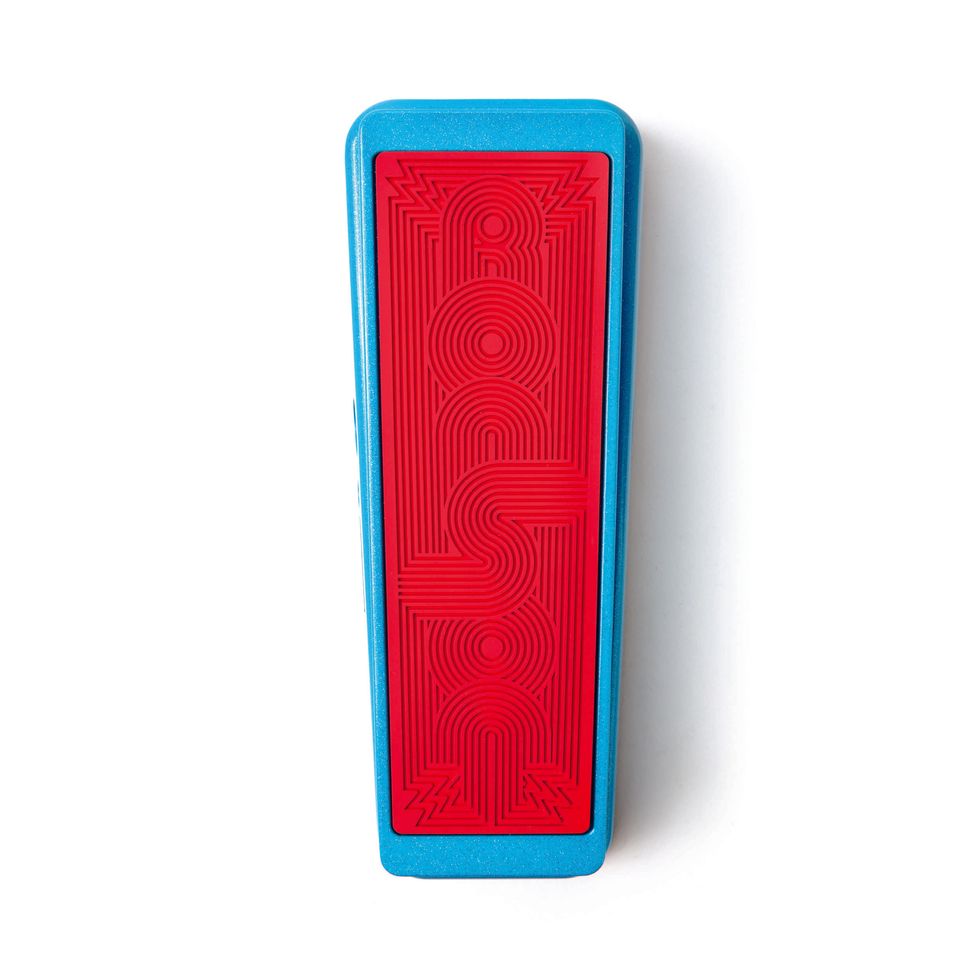
It’s super cool to see Bowie’s right hand man and ripper supreme, Mick Ronson, honored with this fantastic looking Cry Baby. But there is much practical appeal to this wah, too. It stays bold and heavy in the midrange and is a great match for a nasty fuzz, a wide-open Marshall, or any occasion where you want a solo or riff to stand out like a pair of cherry-red platform boots.
$265 street, jimdunlop.com
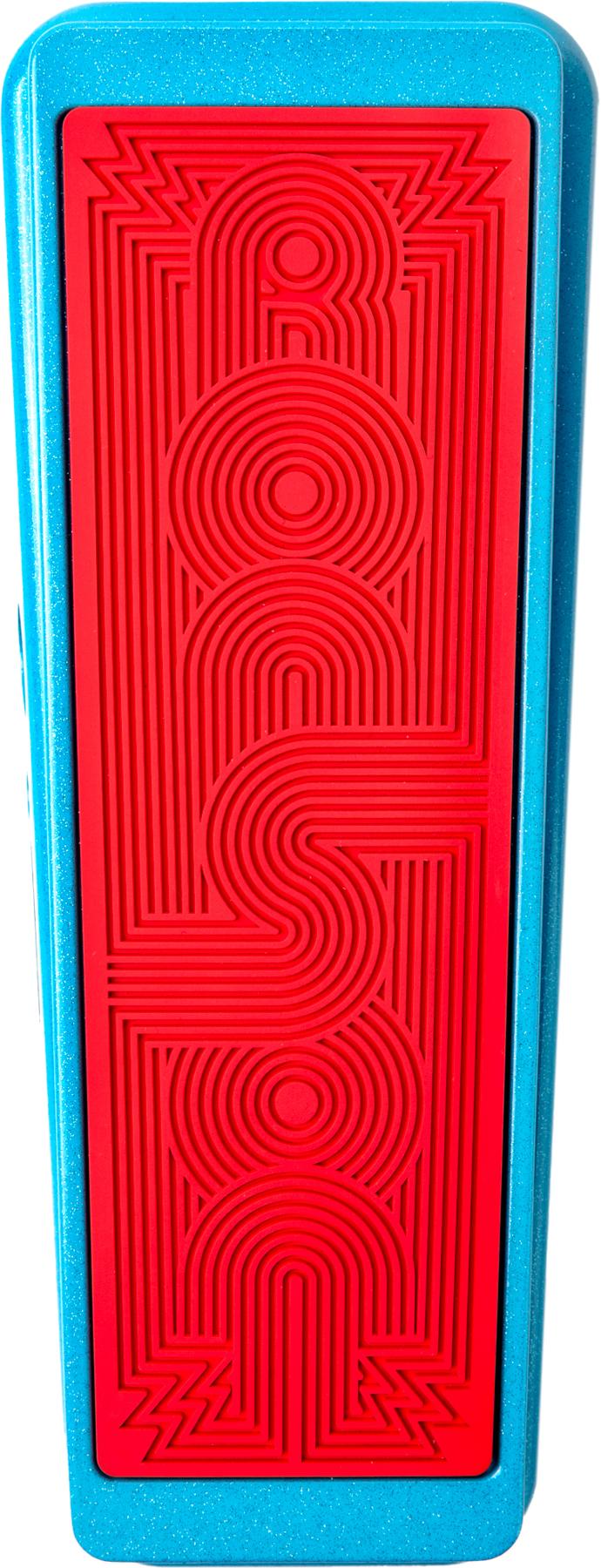
Dunlop Mick Ronson Signature Cry Baby Wah Pedal
Marshall 1959 Super Lead Pedal

Most of the time you don’t really expect a Marshall-in-a-box to rival the sound of the real thing. But Ted Drozdowski, who had the good fortune to test this pedal alongside a real 1972 Marshall Super Lead, found it more than capable of holding its own against the original.
$159 street, marshall.com
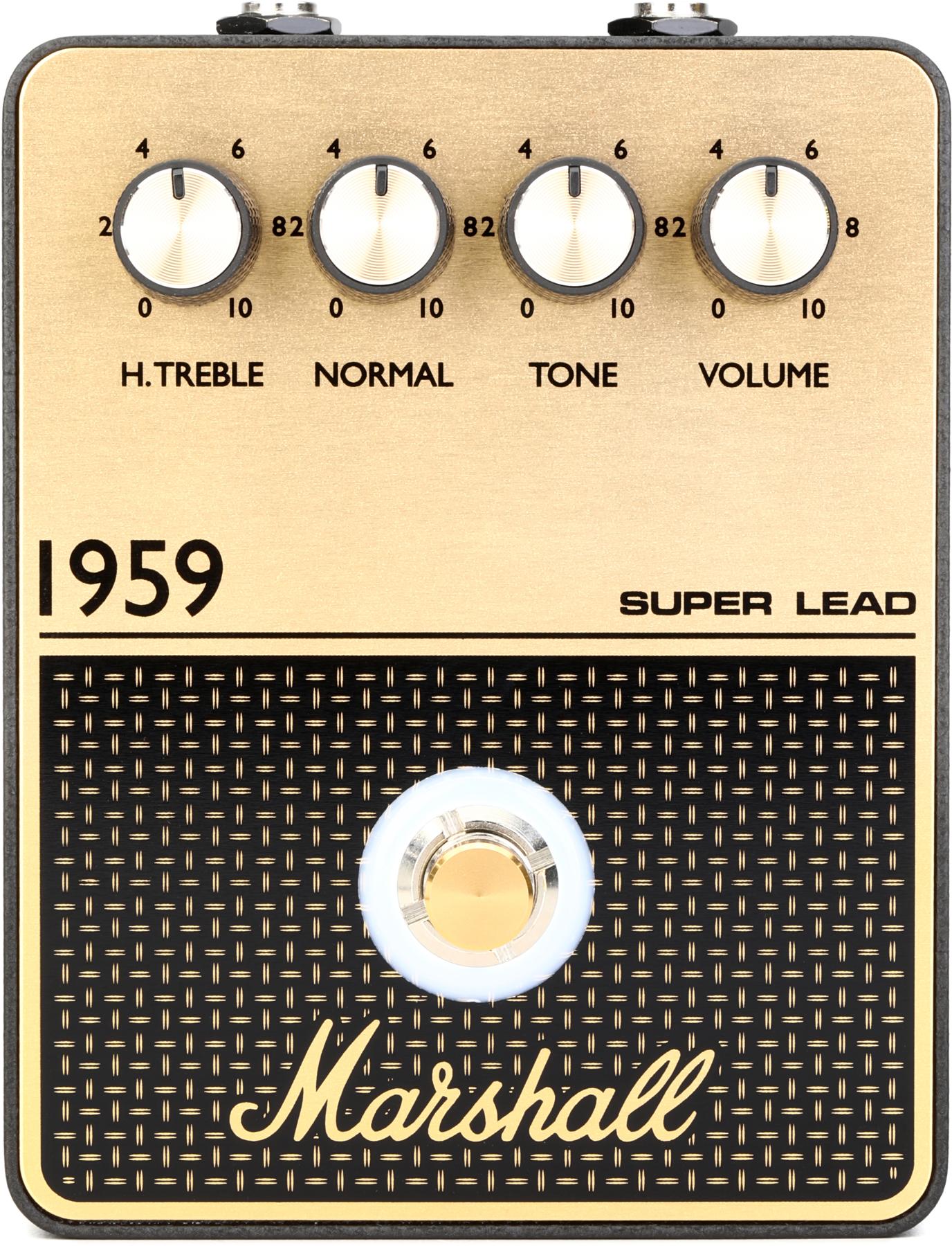
Marshall 1959 Overdrive/Distortion Pedal
Chase Bliss Brothers AM
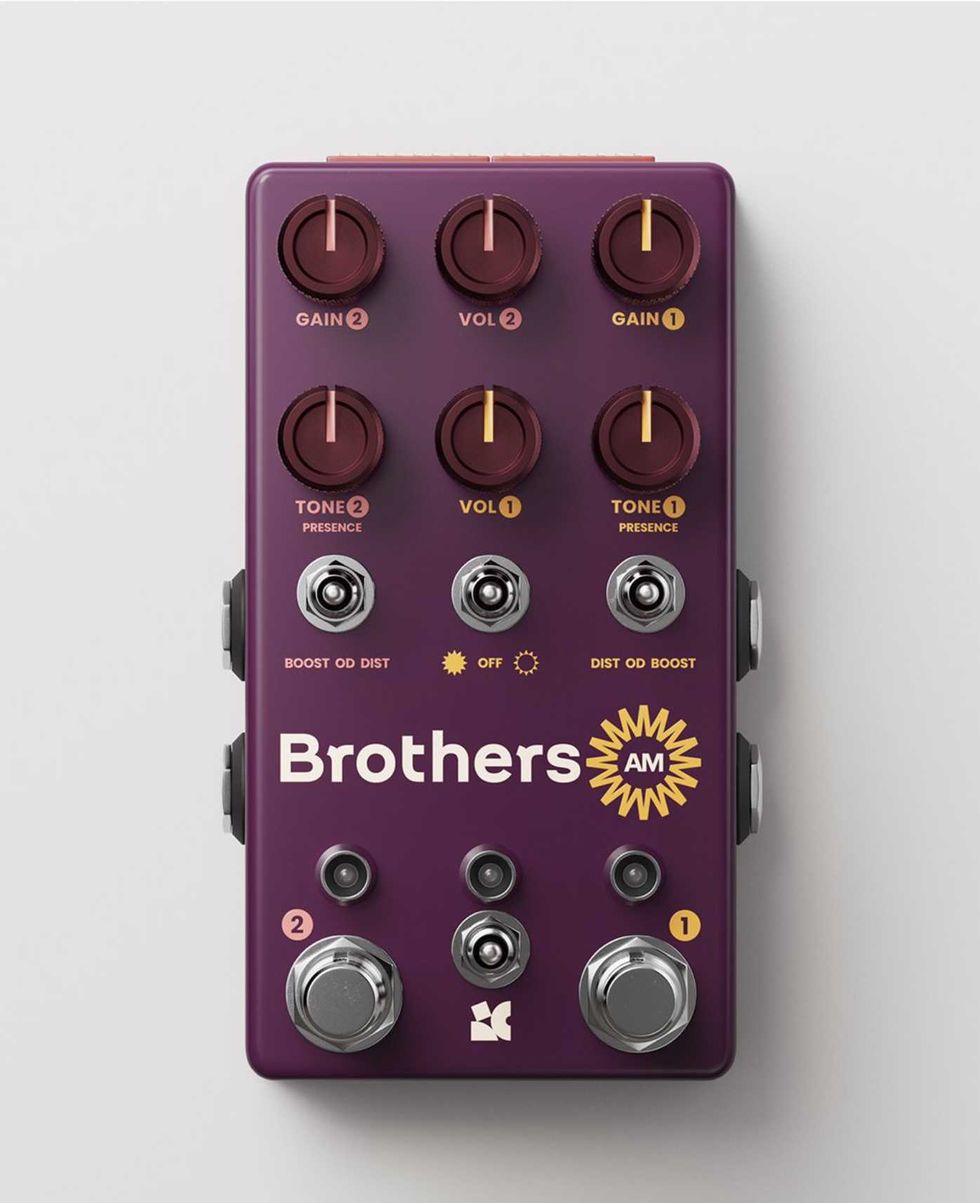
Chase Bliss’ Joel Korte and “Analog” Mike Piera—now there’s two sticklers for detail. It shows in the fruits of their collaboration, the Brothers AM, a take on Analog Man’s King of Tone that could help sate the hunger of players marooned on the King of Tone’s seemingly endless wait list. It’s a fantastic, agreeable drive that can add a lively edge to any guitar/amp pairing.
$399 street, chasebliss.com
PRS Archon Classic
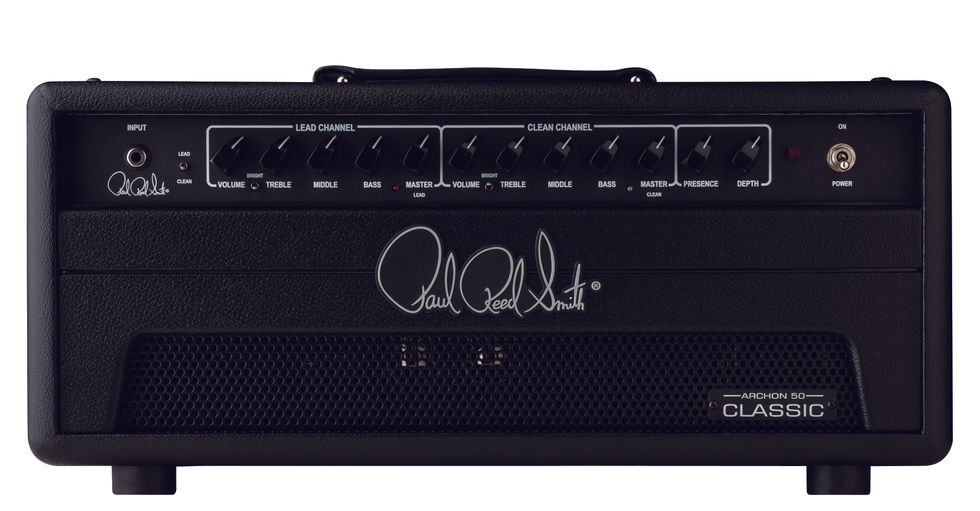
Most players probably associate the Archon name with ultra-high gain. But that’s not the direction PRS went in with this evolution of the original. The 50-watt, 2-channel Classic is, instead, a relatively streamlined affair that, as the name suggests, coaxes a lot of mid-rangey, Marshall-like tonalities from its 2x6CA7 power tubes and six ECC83S preamp tubes.
$1,149 street, prsguitars.com
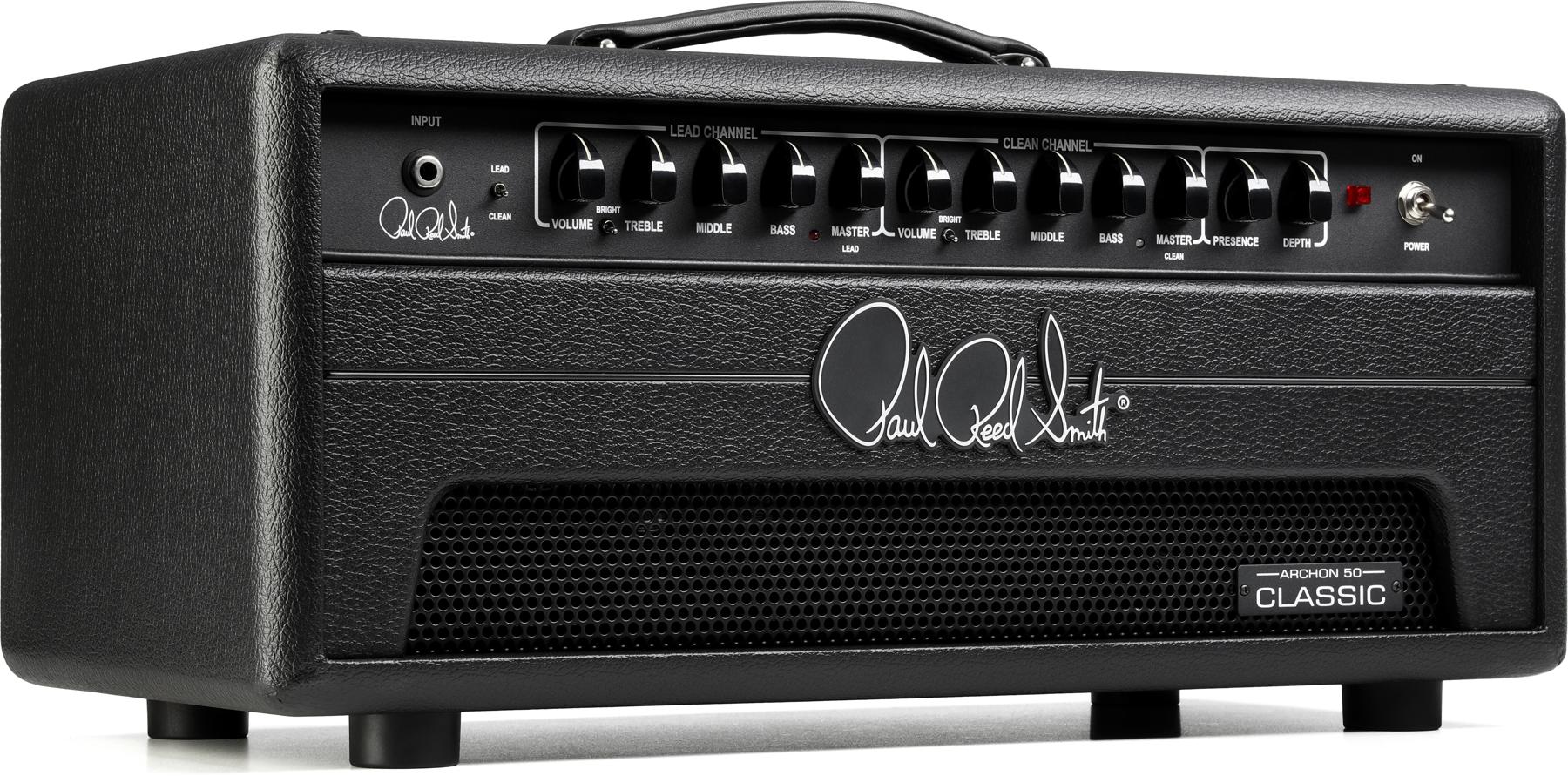
PRS Archon Classic 50-watt Tube Amplifier Head
Strange Audio The Eloise

One of the more distinctive newcomers in the boutique amp world, Strange Audio has turned heads with its bold, midcentury-modern-inspired colorways and patterns—and circuits that sound as striking as they look. For its first head-and-cab design, the company has built a uniquely interactive control set with switchable preamp tubes, housed in a 35-watt, 2-channel, 6L6-powered package that appeals equally to natural-overdrive purists and pedal-platform players—and looks incredible onstage.
$3,199 (head)/$3,999 (with cab) street, strangeaudioelectronics.com
Verso Sine
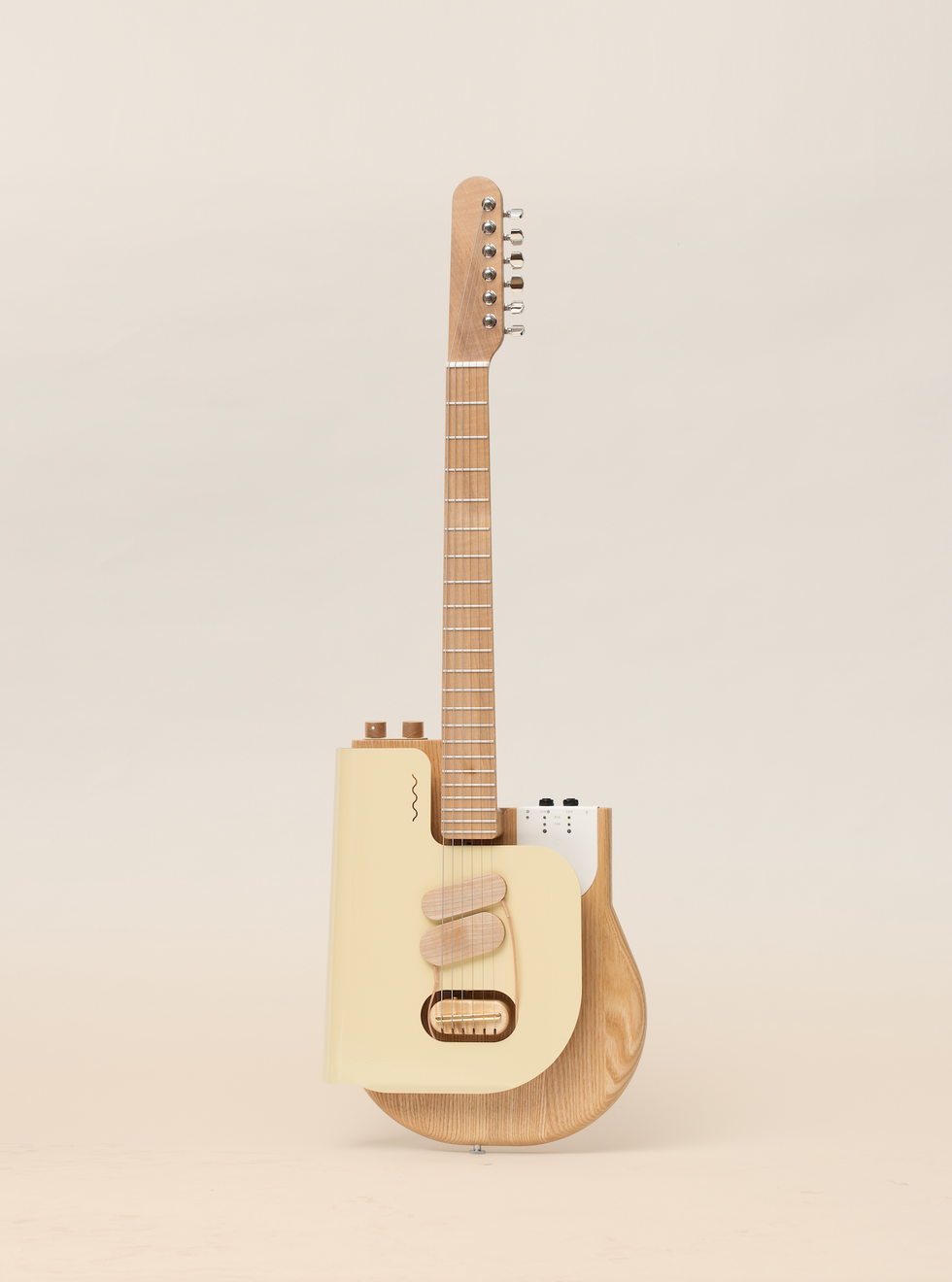
Leaping into the future, luthier Robin Stummvoll re-thought the nuances of electric guitar design and created an “expressive guitar” in the Sine. This truly experimental instrument pairs a powder-coated flexible steel “top” with Lehle expression controls to offer playability never before seen on a guitar, including volume-swell capabilities and two expression outs to run to your outboard devices. Plus, the Sine’s easily movable pickups and stereo outs multiply the sonic possibilities exponentially. It’s fun, forward-thinking, and intuitive.
$3,699 street, versoinstruments.com
Old Blood Noise Endeavors Dark Star Stereo
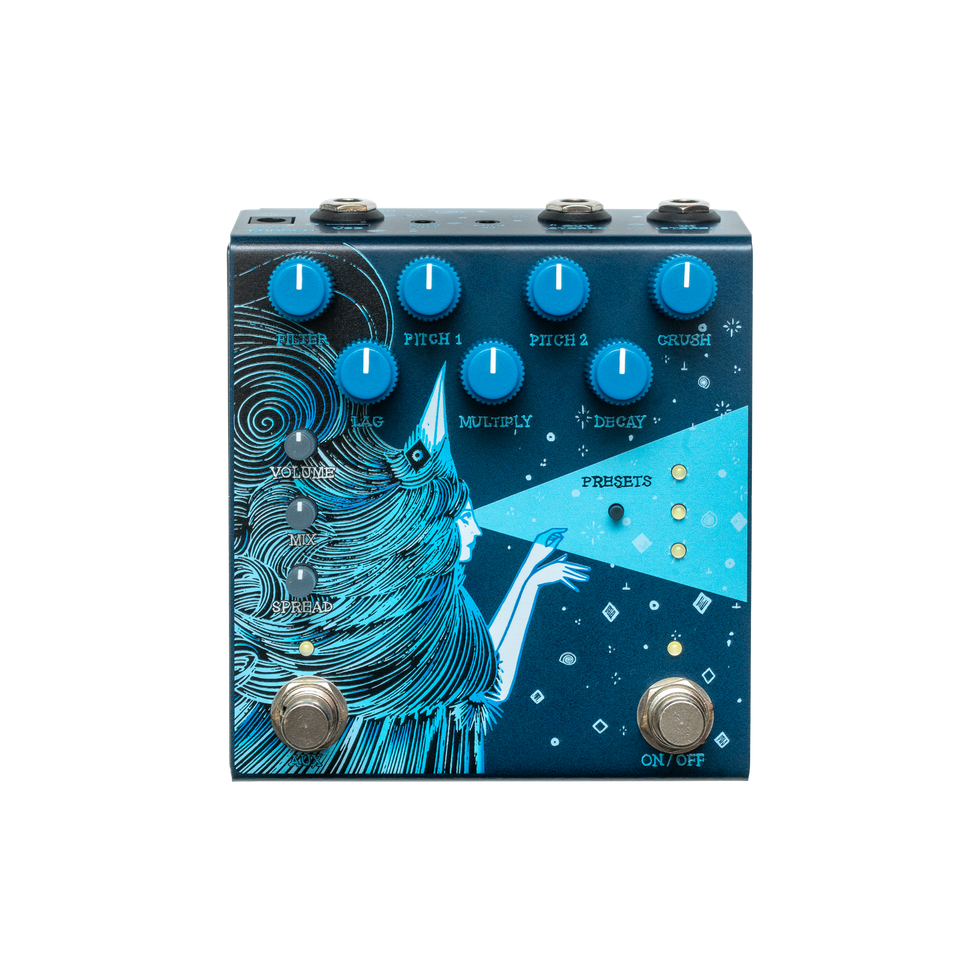
A digital reverb pedal that lives beyond simple effect categorization, the DSS is a feature-rich stomp built for creativity. With a control set that includes pitch shifting and bit crushing, the DSS provokes experimentation. There’s a great balance between the pedal’s deep, tweakable controls and easy usability. And it sounds just as great at always-on reverb settings as it does diving into the sonic cosmos.
$299 street, oldbloodnoise.com
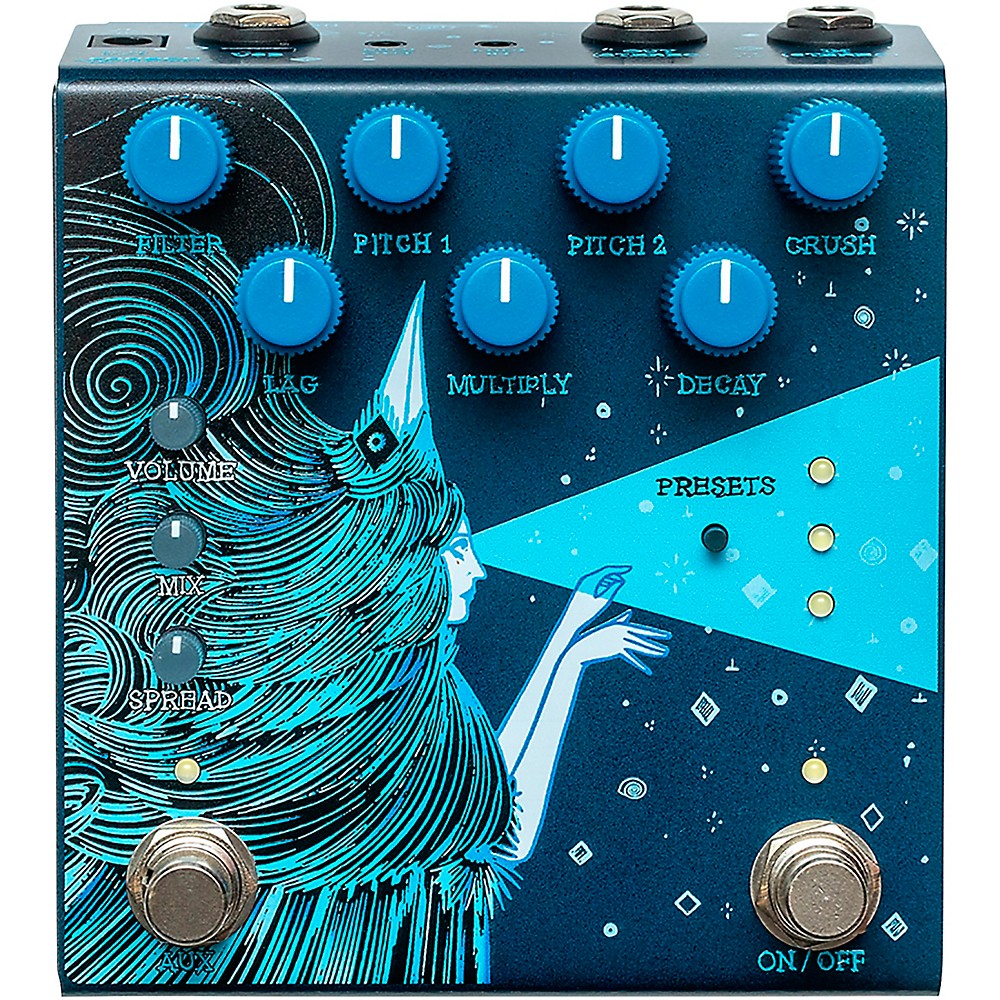
Old Blood Noise Endeavors Dark Star Stereo Soundscape Reverb Effects Pedal Blue
Walrus Audio Voyager MkII
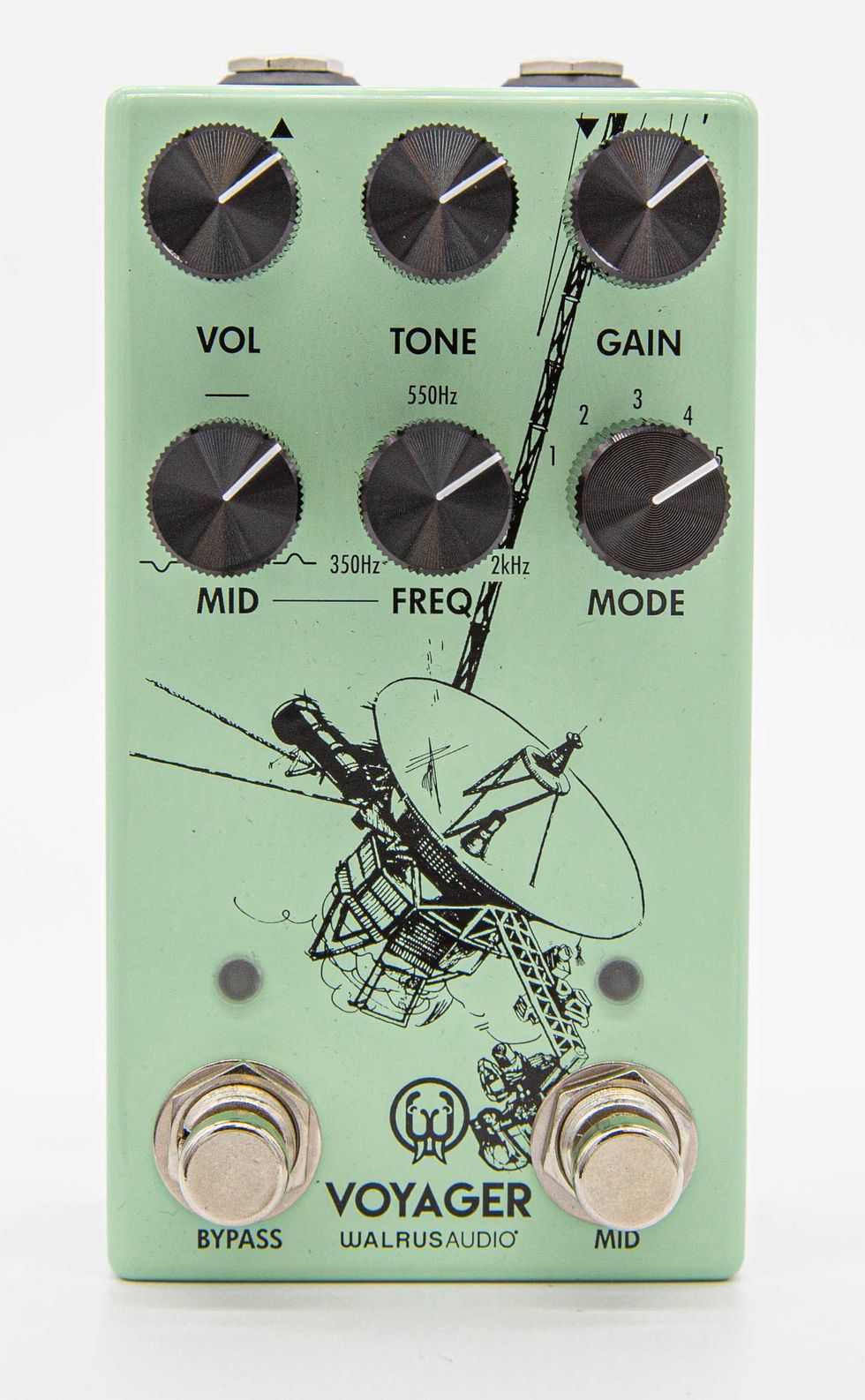
Built on a Klon-style foundation, the Voyager delivers a level of versatility that reaches well beyond the average klone. By combining the tight boost and overdrive users expect with a 2-knob sweepable-mid control set and switchable diodes—1N34A and silicon, both with and without bass boost—the Voyager opens up the sonic possibilities of the genre and demands attention.
$249 street, walrusaudio.com
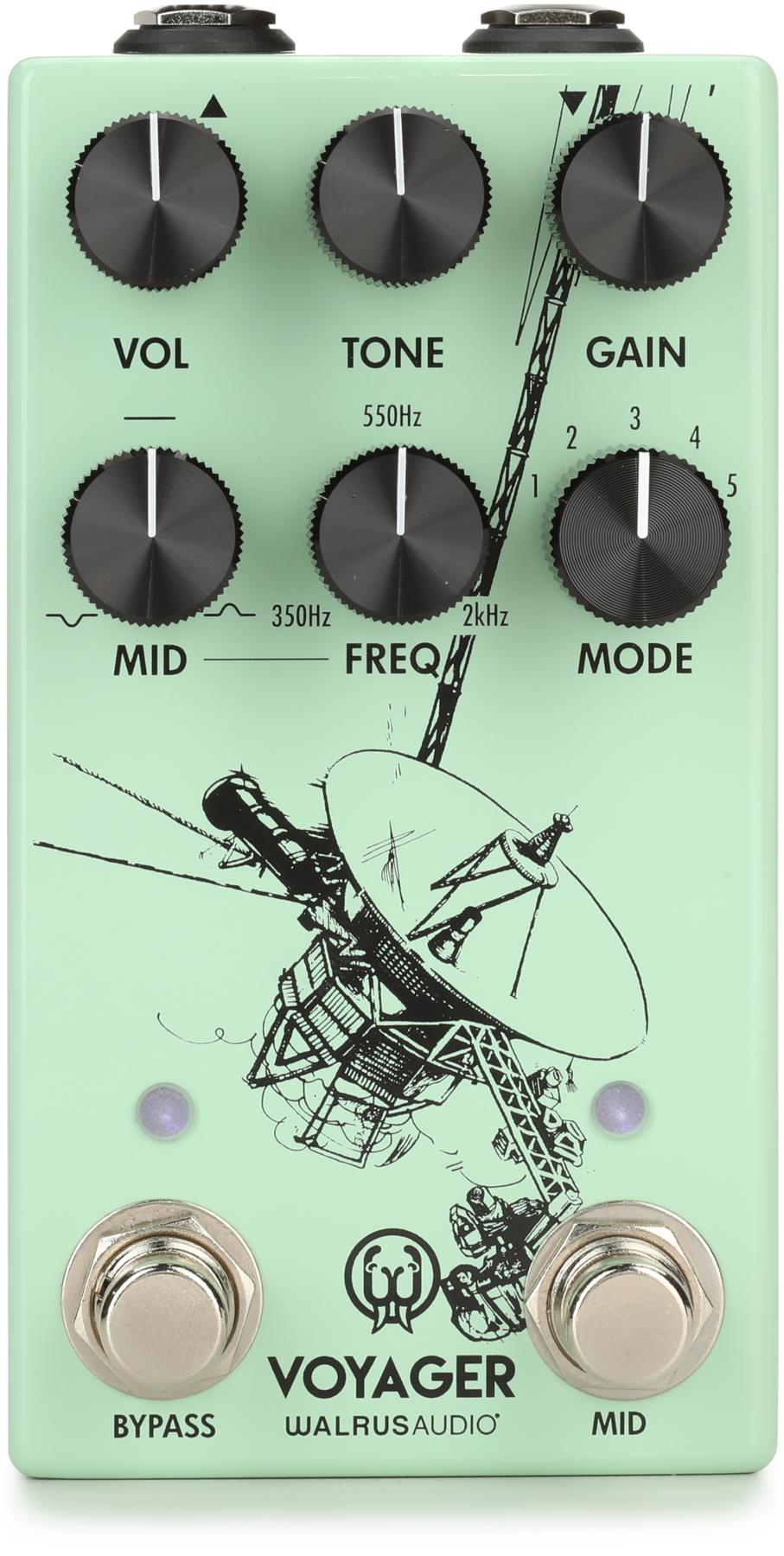
Walrus Audio Voyager MKII Overdrive Pedal - Seafoam Green
SOMA Laboratory Harvezi Hazze

If you’re looking for the one distortion to rule them all, the Harvezi Hazze from SOMA Laboratory is a good place to start—and end—your journey. It can do your typical rodent-style dirt, but this transistor-based stomp’s unbelievably deep tweakability—centered around its wave-folding function—make it capable of just about any overdrive, distortion, or fuzz tone you'd dream up. It’s not cheap, but the Harvezi Hazze can outperform most signal-clipping boxes in its price bracket.
$349 street, somasynths.com
Fish Circuits Echo Limiteur
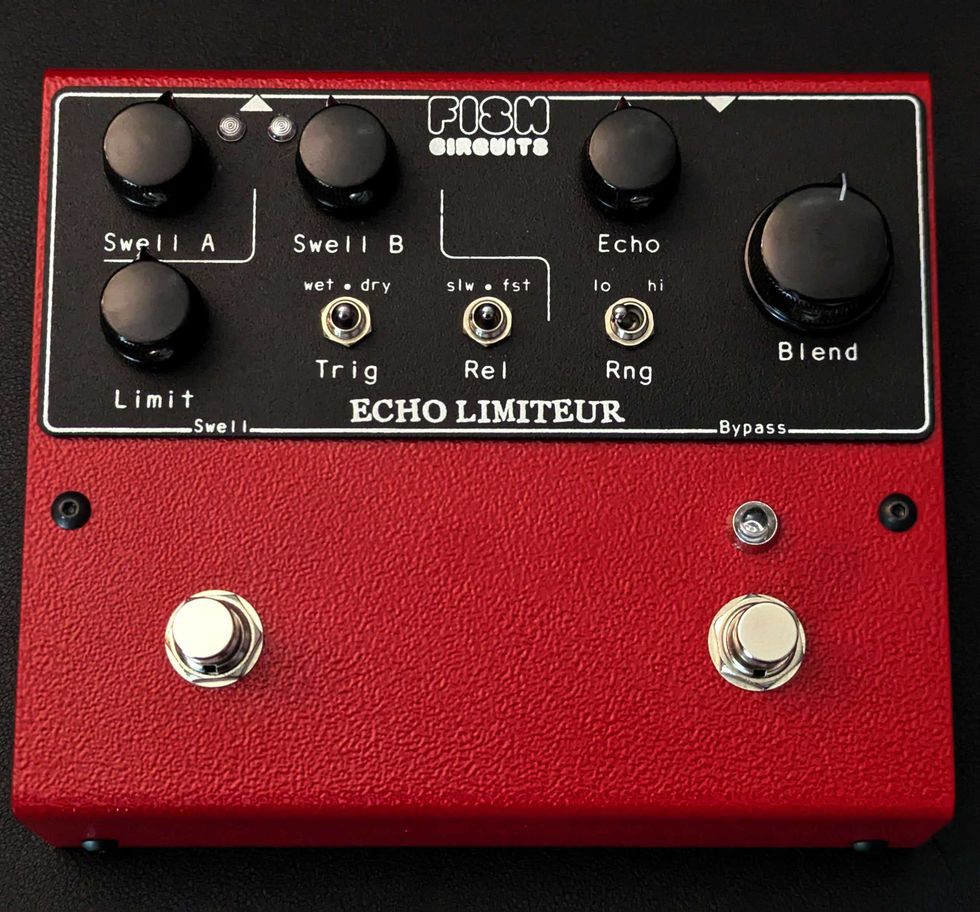
Fish Circuits designs pedals with equal attention to both sight and sound. The Echo Limiteur—a hefty, striking delay box—offers two modes that blend a warm analog echo with the extended range of a digital PT2399 chip. Its standout feature, dynamic delay mode, lets your playing intensity control the number of repeats, and when they start or stop. This stompbox has the rare, exhilarating ability to transform the way you play.
$349 street, fishcircuits.com
Mile End Effects Pique
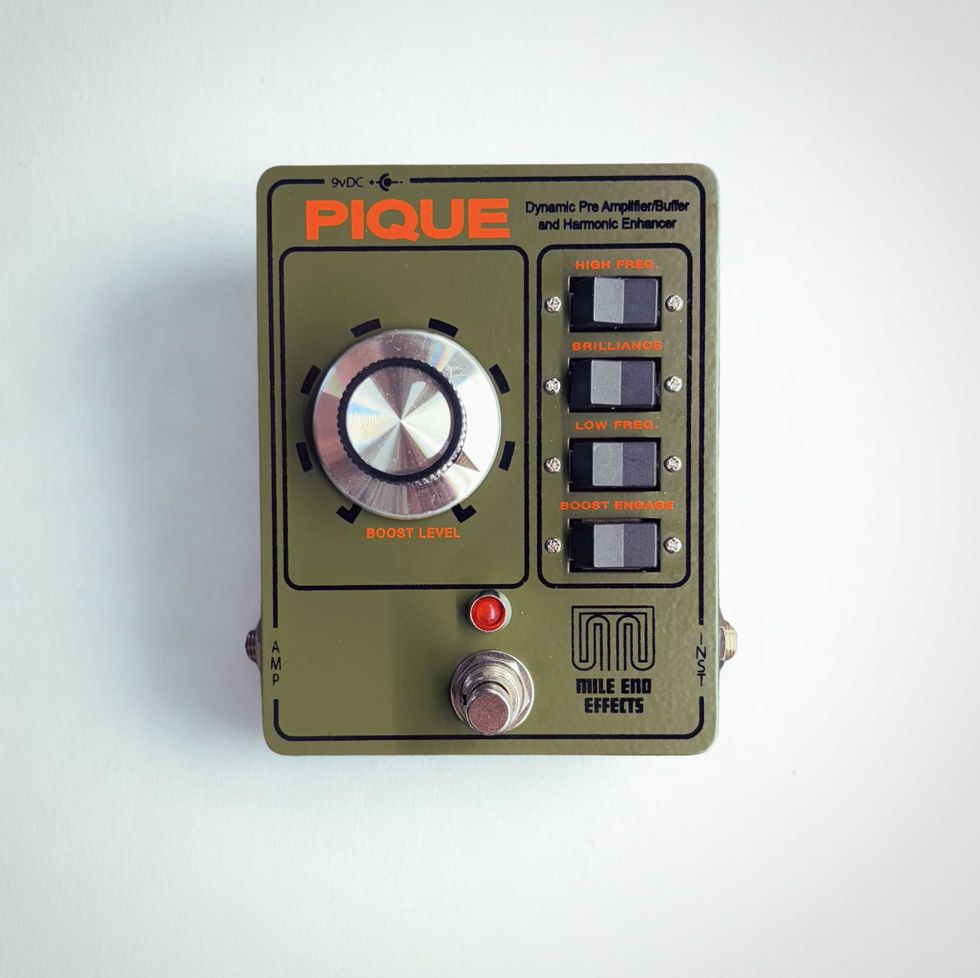
Montreal builder Justin Cober did something remarkable when he built the Pique: He made an EQ pedal that’s fun. The Pique is technically a 3-in-1 (a boost, buffer, and EQ—or, as Cober puts it, “frequency enhancer”) built around Mile End’s beloved Preamp 150 circuit, a take on the sounds in vintage Roland Space Echo units. By incorporating three straightforward EQ modes that enhance targeted frequencies, Cober ensures you spend more time chasing inspiration and less time tweaking settings.
$212 street, mileendeffects.org
Keeley Manis
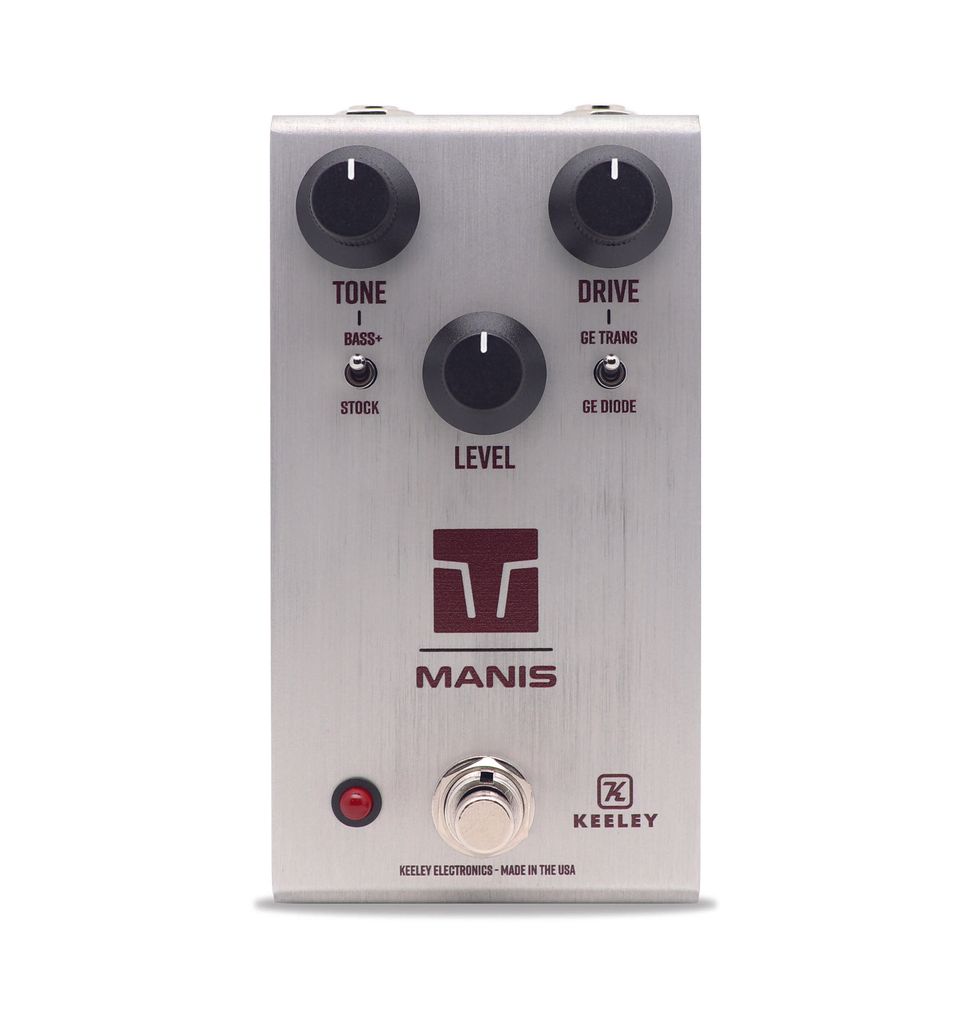
Did you really expect Robert Keeley to build a simple klone and leave it at that? Of course not! Keeley made sure his Manis possessed all the essential goodness of a Klon Centaur—it’s adaptable to changing rigs and backlines, and its overdrive and distortion profile ranges from barely boosted to raging. And while in many respects it's faithful to the Klon’s architecture, the addition of a germanium transistor clipping and bass boost options extends its utility and enhances its personality significantly.
$199 street, robertkeeley.com

Keeley Manis Overdrive Pedal
Asheville Music Tools APH-12
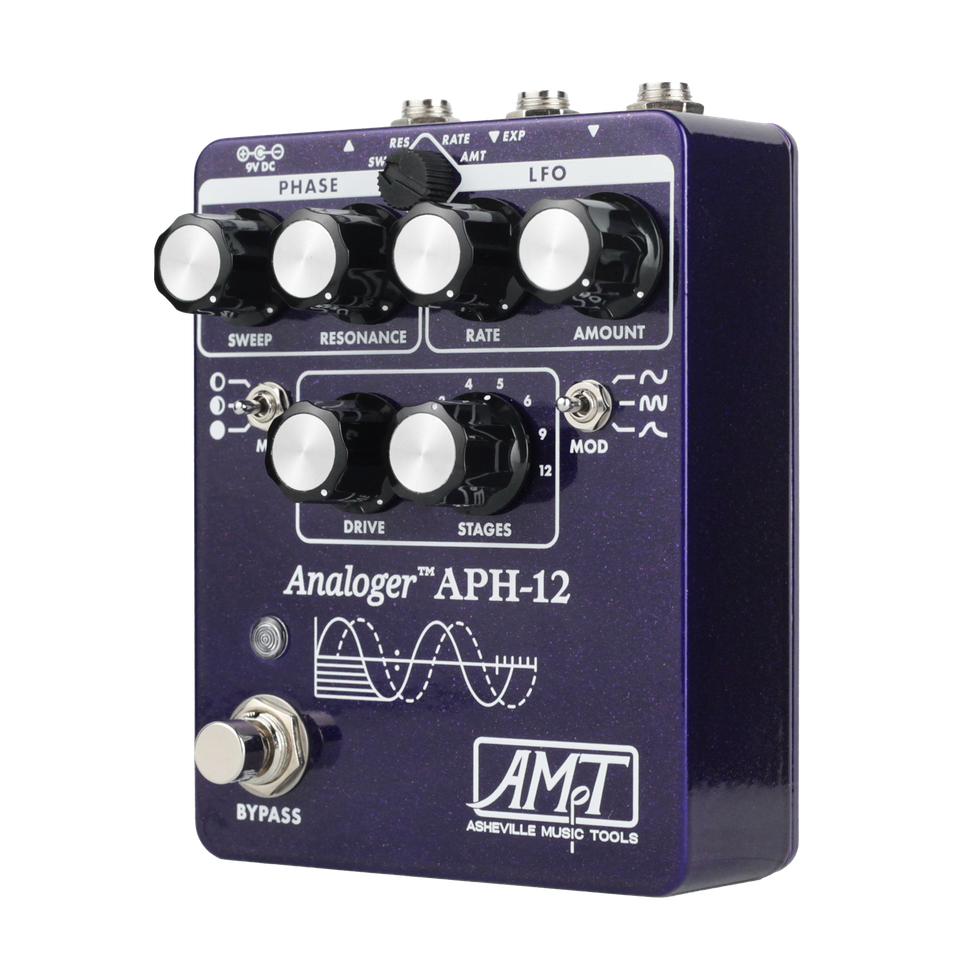
With 12 stages, the all-analog APH-12 phaser is capable of much more than simple phasing as most players understand it. It chirps, quacks, thrums, and throbs with intensity, richness, and personality. The likeness to the beloved Moog Moogerfooger MF-103 is not entirely coincidental. Designer Rick “Hawker” Shaich worked at Moog and helped refine the original MF-103 design. With that model long since discontinued, it’s wonderful to see an all-analog phase conceived in that same adventurous spirit.
$397 street, ashevillemusictools.com
Fender Laura Lee Jazz Bass

Khruangbin’s music is driven by groove. And bassist Laura Lee’s tasteful parts, which often evoke vintage soul and reggae lines, are ideal for the fat, punchy tonalities of a Fender Jazz Bass. This signature edition is actually a copy of a copy in one sense: Lee always used an inexpensive SX-branded J-bass-style instrument. But this flawless evolution of that bass, with DiMarzio Ultra Jazz noiseless pickups and jumbo frets—not to mention that ashtray pickup cover—is both a looker and a studio-grade performer.
$1,499 street, fender.com
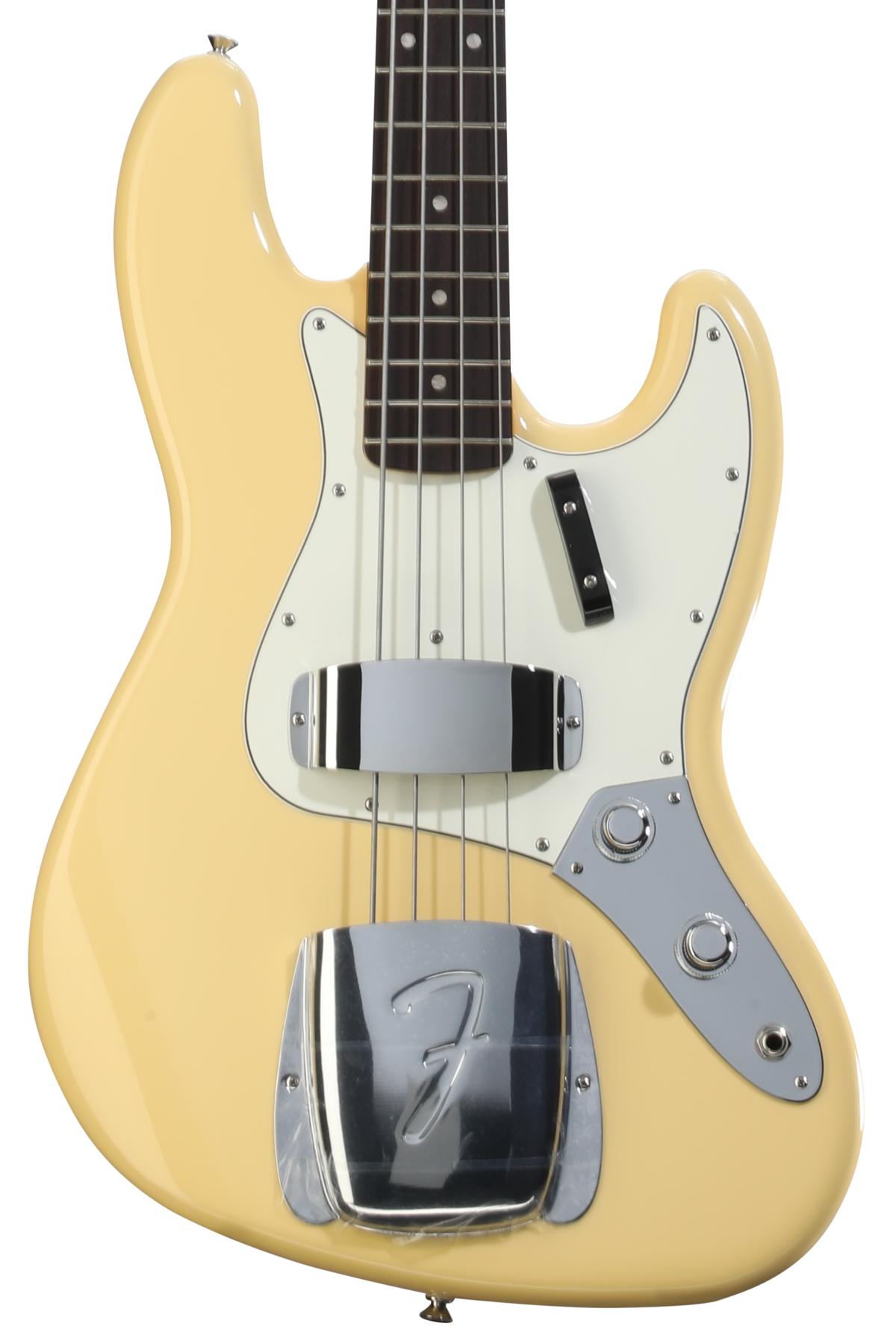
Fender Laura Lee Jazz Bass - Vintage White
MXR Bass Synth
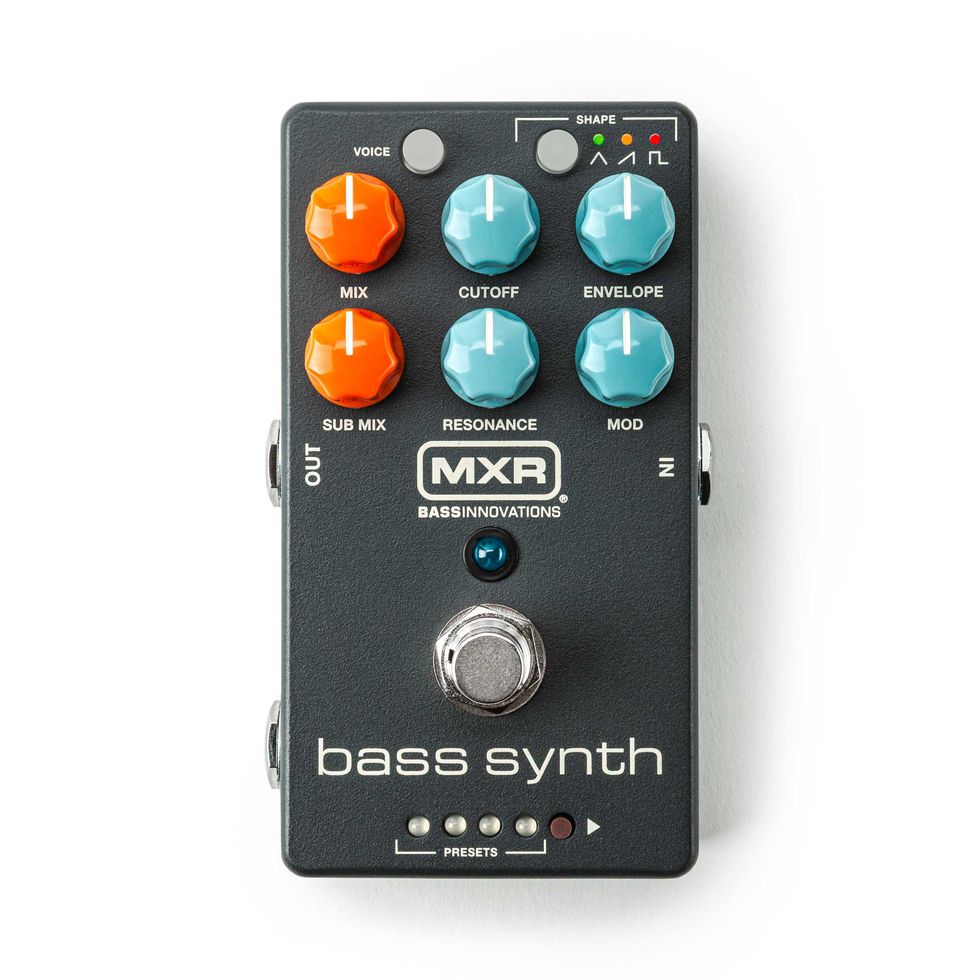
MXR’s Bass Synth is the kind of pedal that can blur the differences between a stringed instrument and a keyboard. And the “synth” in the name is not one that MXR tosses about lightly in this case. Several textures here use vintage keyboards like the Minimoog and Stevie Wonder’s TONTO synth as sonic departure points. The MXR not only captures these tones convincingly, but makes it easy for novices with less synthesis experience to incorporate them into their vocabulary.
$285 street, jimdunlop.com
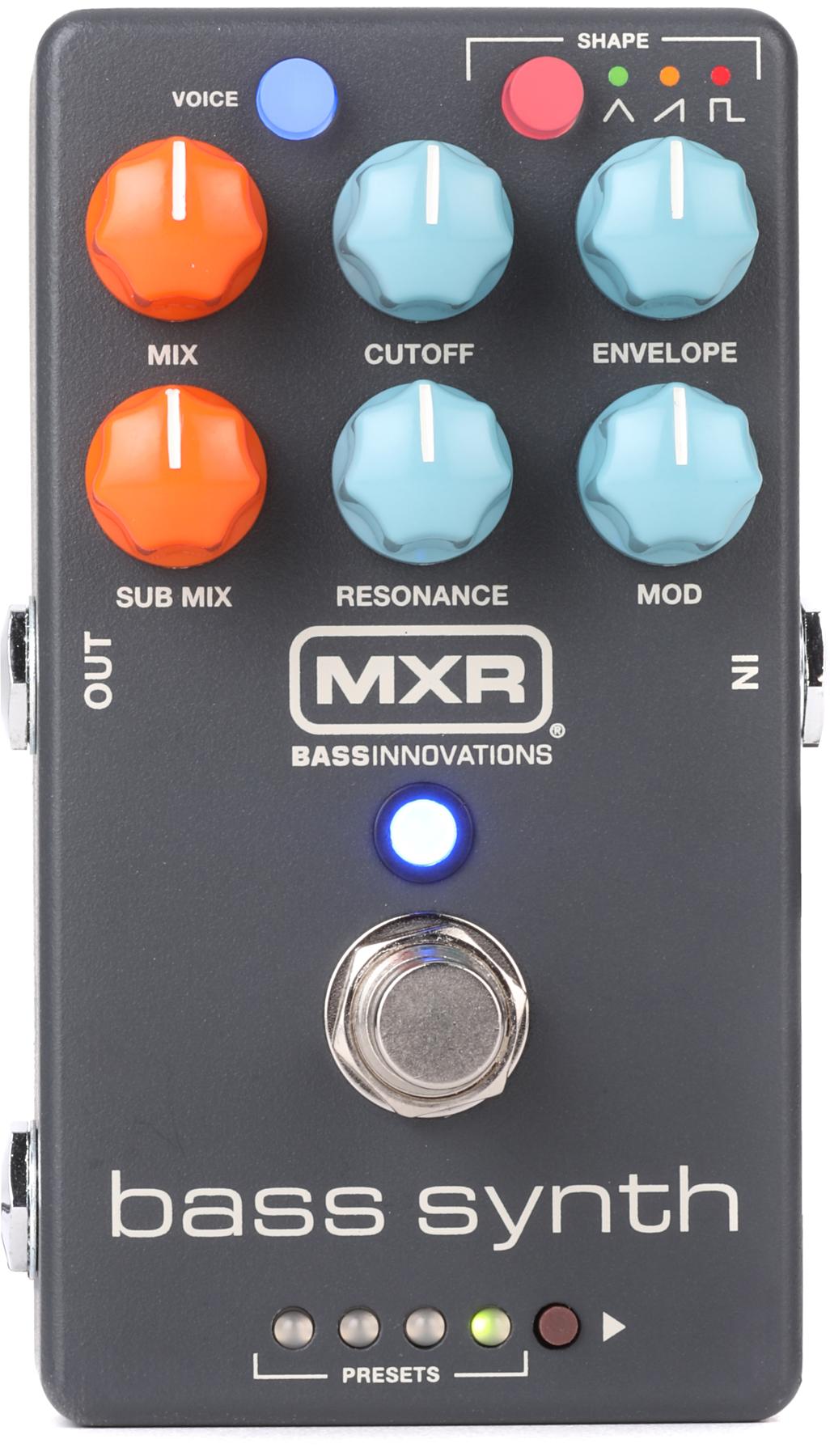
MXR Bass Synth Pedal
PRS S2 Special Semi-Hollow
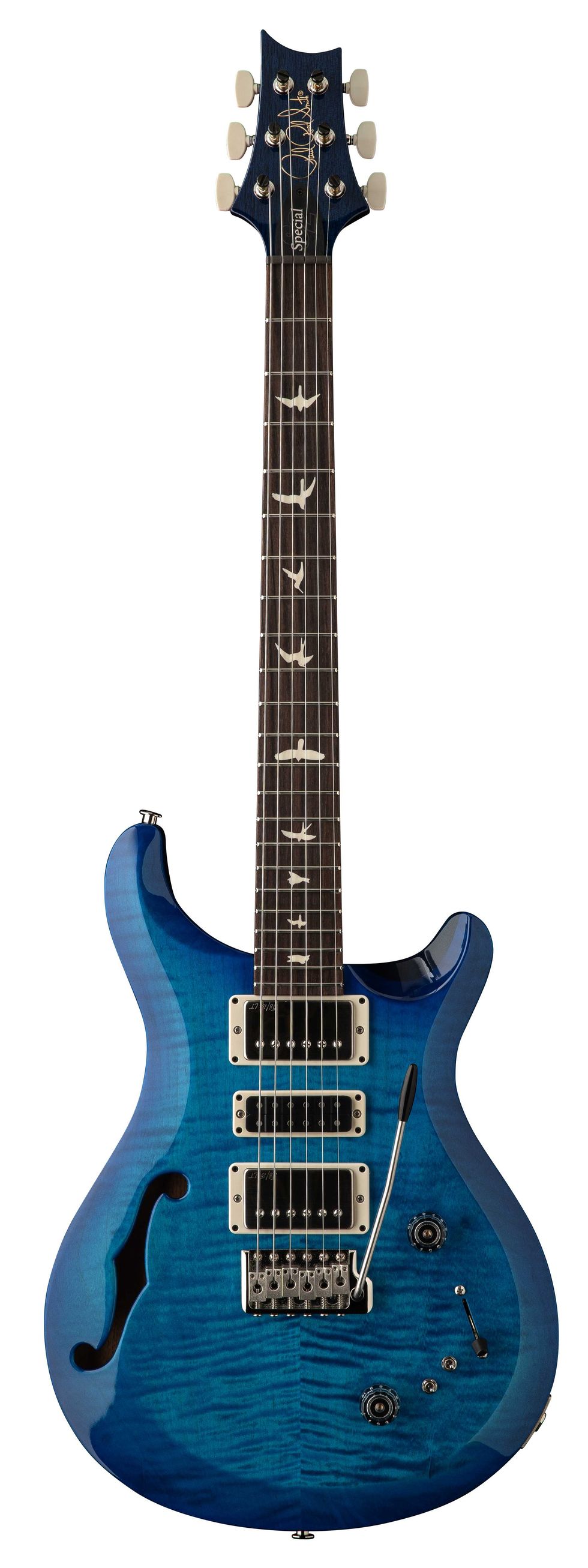
We’re used to PRS guitars being well-built, smooth-as-butter players. And yeah, they tend to sound pretty great, too. But the S2 Special Semi-Hollow, with its 58/15 humbuckers in the neck and bridge positions, a Narrowfield pickup in the center, and a bevy of switching and tapping options, is wildly versatile and possesses a distinctive, airy semi-hollow voice that represents a cool alternative to PRS signature sounds.
$2,599 street, prsguitars.com
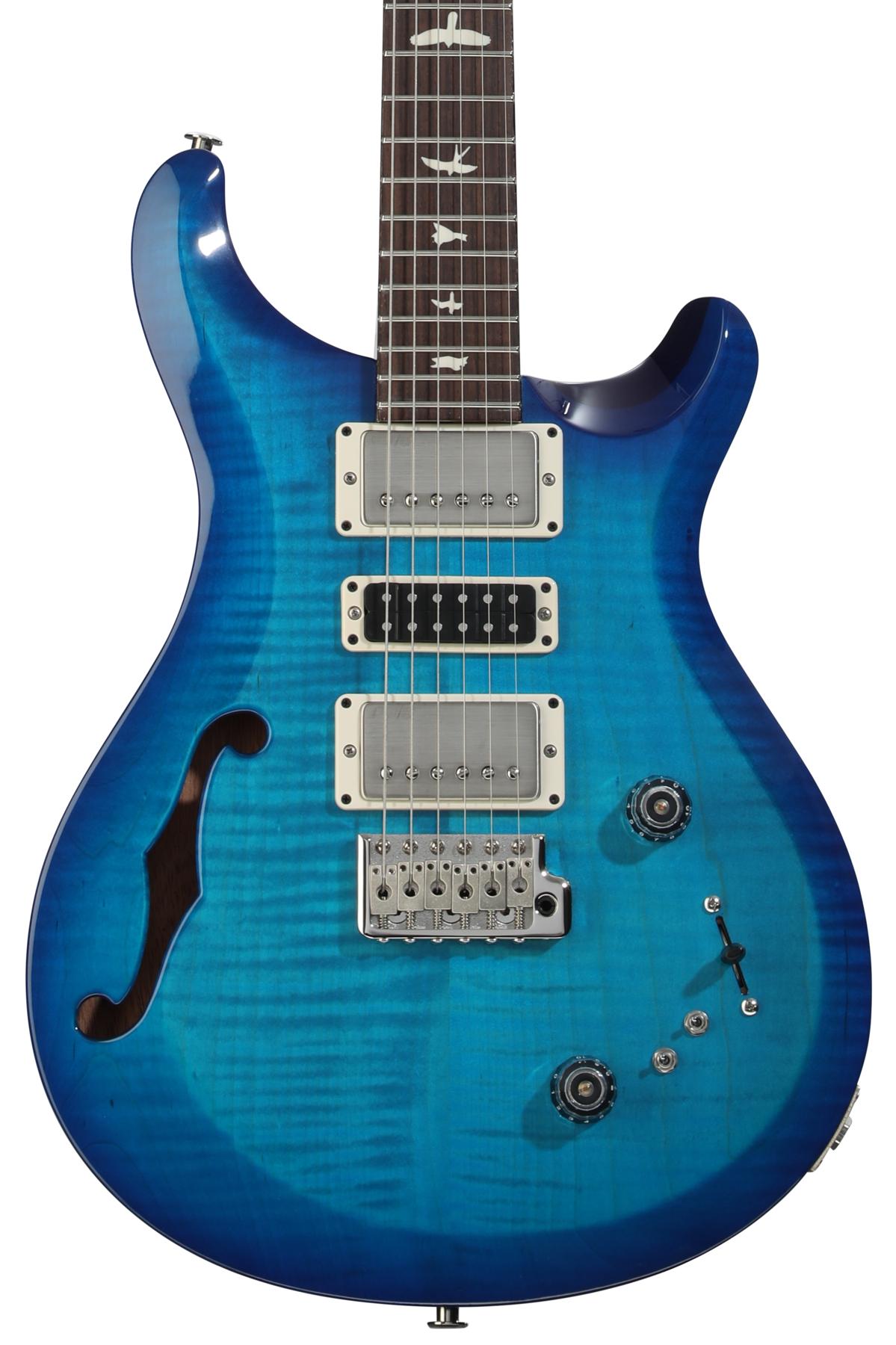
PRS S2 Special Semi-Hollow Electric Guitar - Lake Blue
Aclam Go Rocky Go
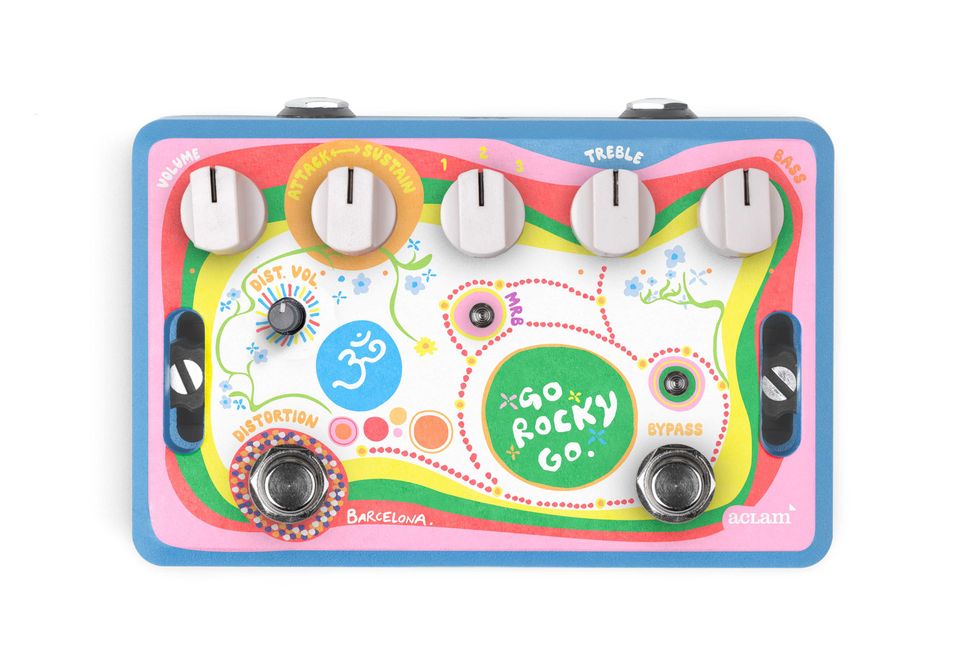
In terms of pure sonic presence, it’s hard to match the toothy, trebly tones that marked many Beatles recordings of the 1966-1968 period. Much of what made those sounds distinctive was the band’s occasional use of Vox amps with all-solid-state circuitry or solid-state preamps. The Go Rocky Go, the third of Aclam’s homages to these amplifiers, apes the sound of the Vox Conqueror, which spiced up many White Album tracks. But it’s also a drive, distortion, and fuzz that offers delicious alternatives to familiar, run-of-the-mill dirt sounds.
$348 street, aclamguitars.com
Marshall JVM, DSL, JCM 800 and JCM 900 Pedals

Four pedals, four award winners. Not a surprise, perhaps, given that it’s Marshall. On the other hand, generating the sheer mass and presence of a Marshall from a pedal isn’t easy, which makes this quartet of heavies—which span a rainbow of gain colors—very impressive indeed. Just as impressive is the $159 tag for each, a very nice price considering how close these stomps come to the real thing.
$159 street, marshall.com
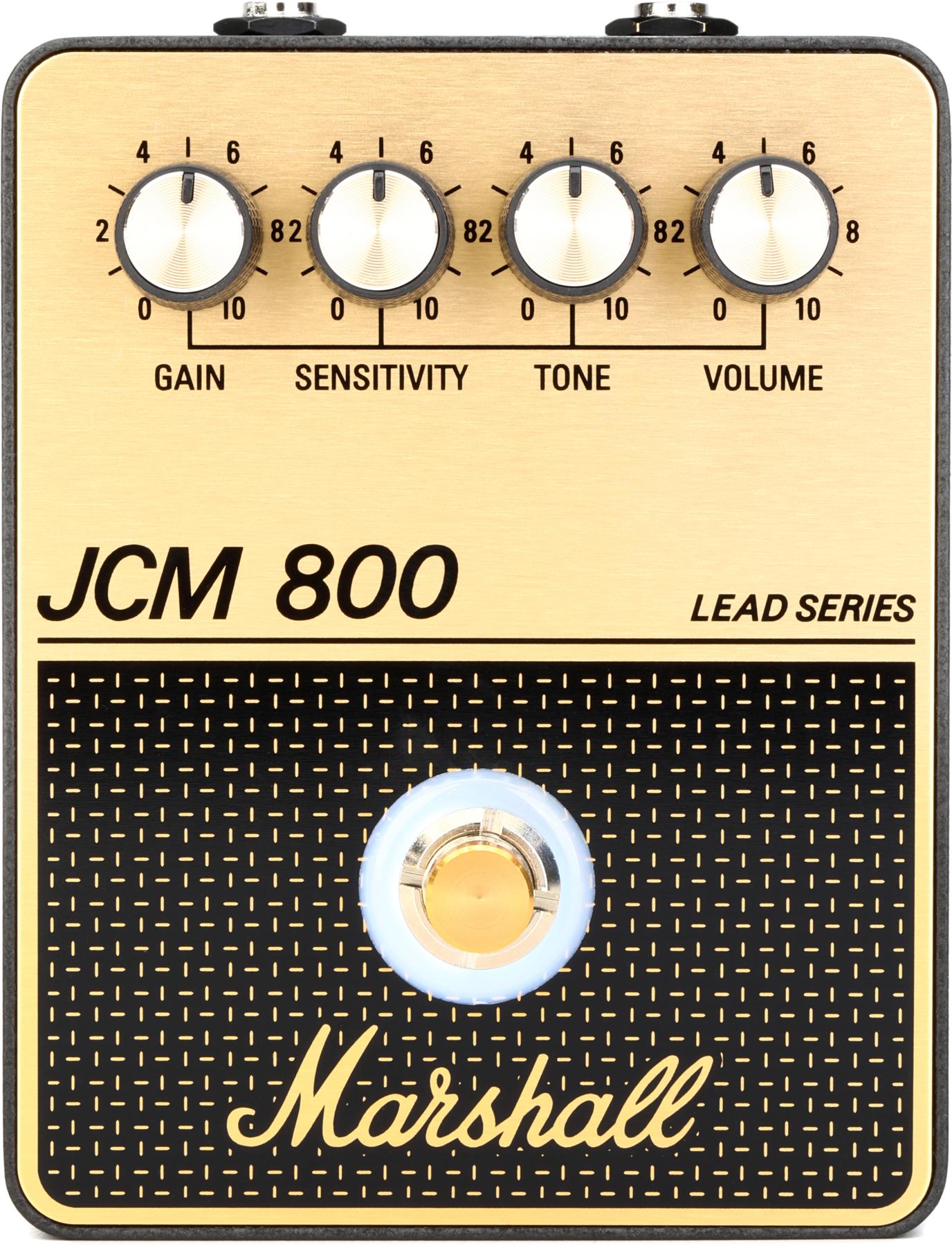
Marshall JCM800 Overdrive/Distortion Pedal
Wampler Cryptid
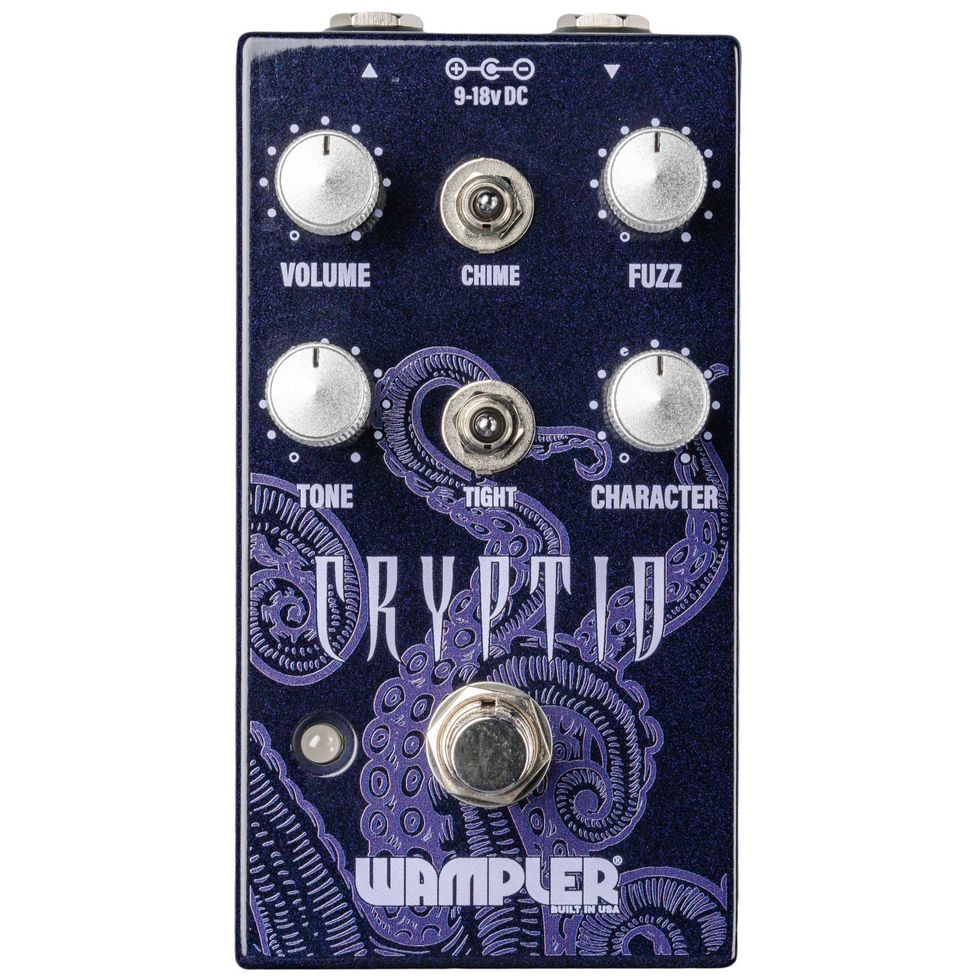
We’re always intrigued when a manufacturer releases a “fuzz for those that don’t like fuzz.” What could that possibly mean? In the case of the Cryptid, it definitely isn’t a fuzz that skimps on nastiness. While it doesn’t imitate any specific classic fuzz, it can erupt with explosive tone—and its bias control adds sputtery, delightfully deranged textures. Where it breaks from fuzz tradition is in its ability to deliver overdrive and bright, near-clean tones, creating a versatility that could make many pedals on your board feel obsolete.
$199 street, wamplerpedals.com
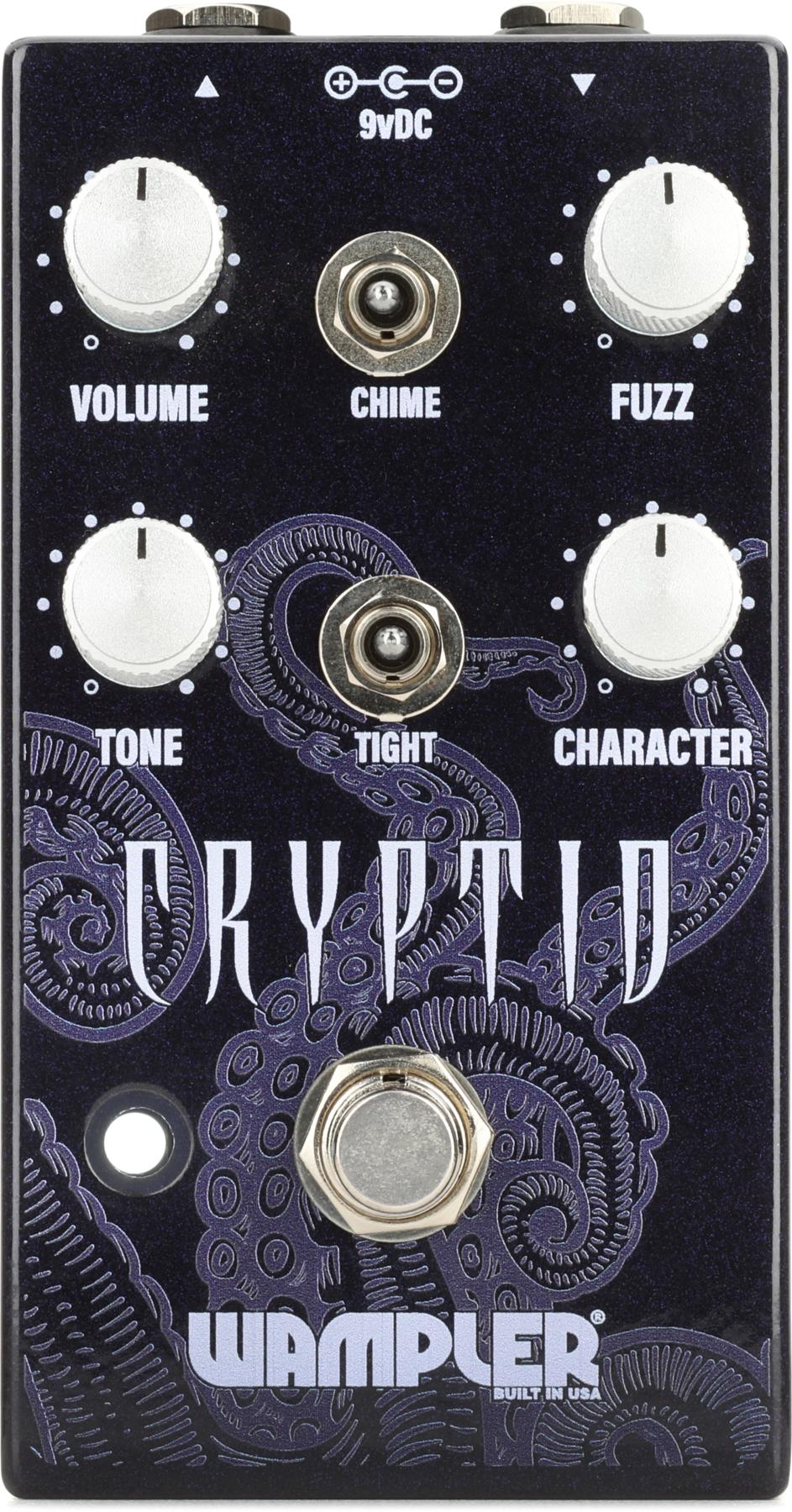
Wampler Cryptid Fuzz Pedal
Vox V863-CA Wah
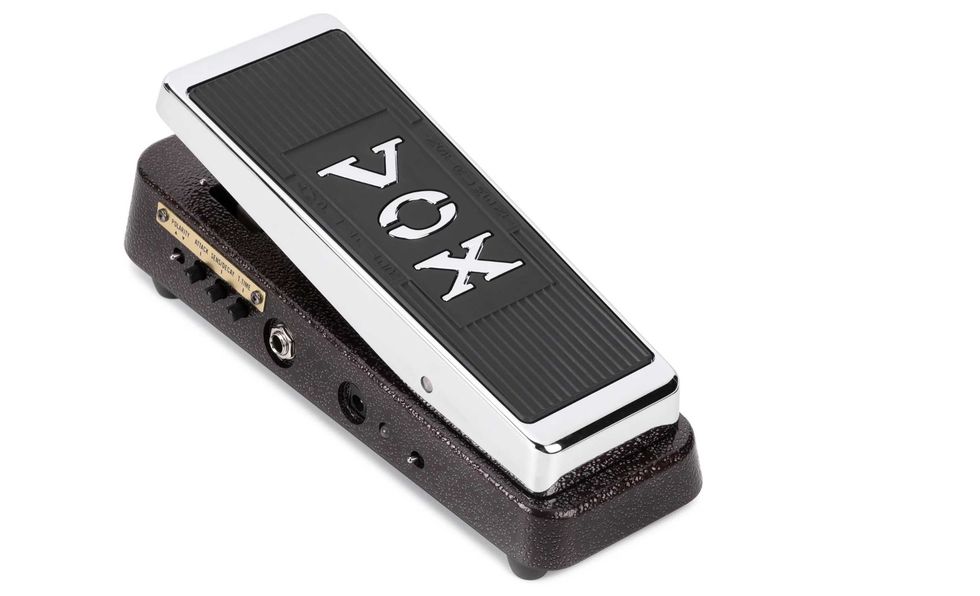
Vox has always been fearless about messing around with familiar formulas. Sometimes their success in these endeavors is in the eye of the beholder, as any collector of mid- to late-1960s Vox oddities will tell you. But the V863-CA, which can switch from wah to envelope generator or envelope follower merely by lifting your foot from the treadle, fits seamlessly into Vox’s history as a design renegade—while remaining highly functional and musically intuitive.
$279 street, voxamps.com
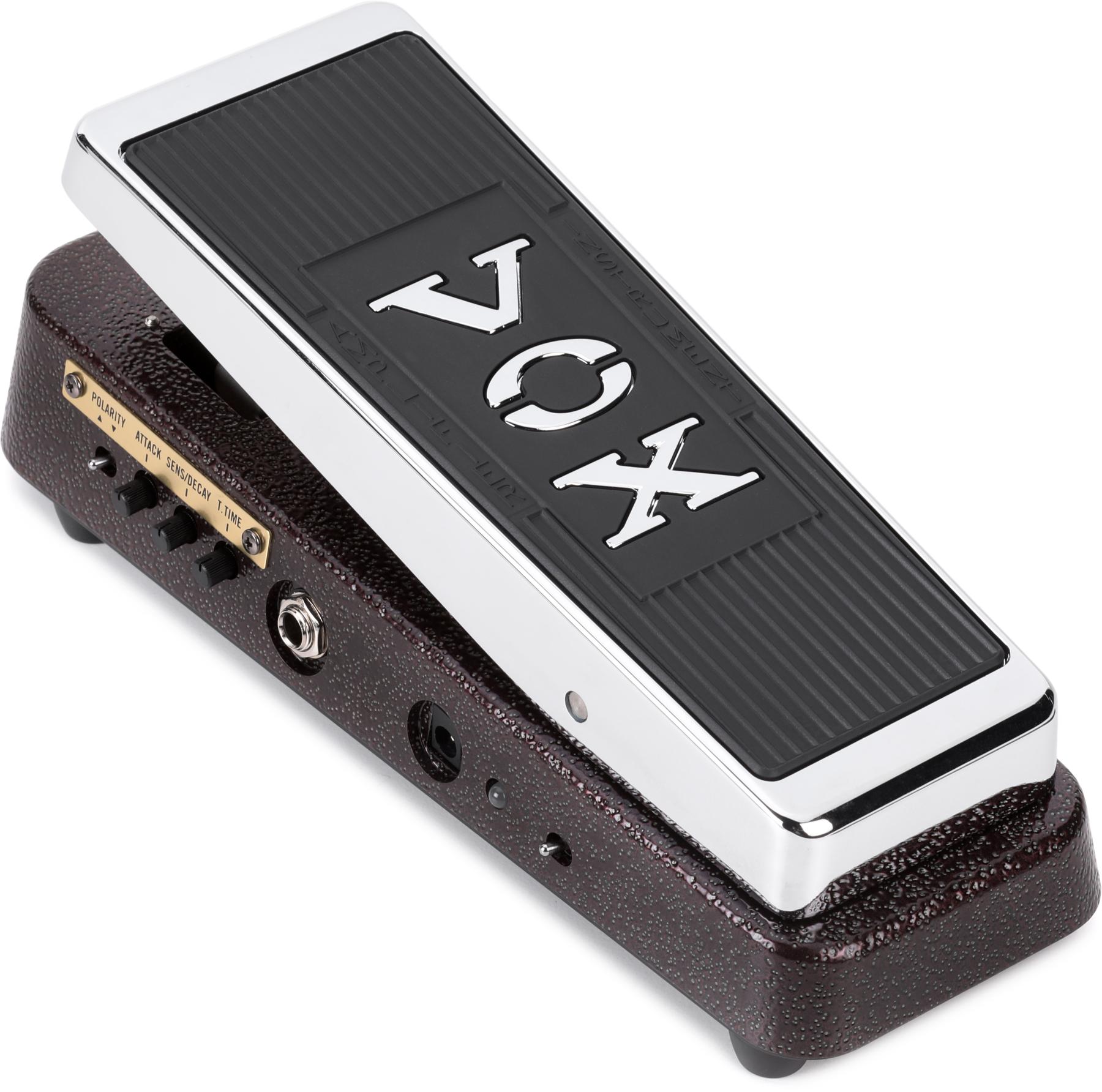
Vox V863-CA Custom Autowah Guitar Pedal - Burgundy
Boss RT-2 Rotary Ensemble
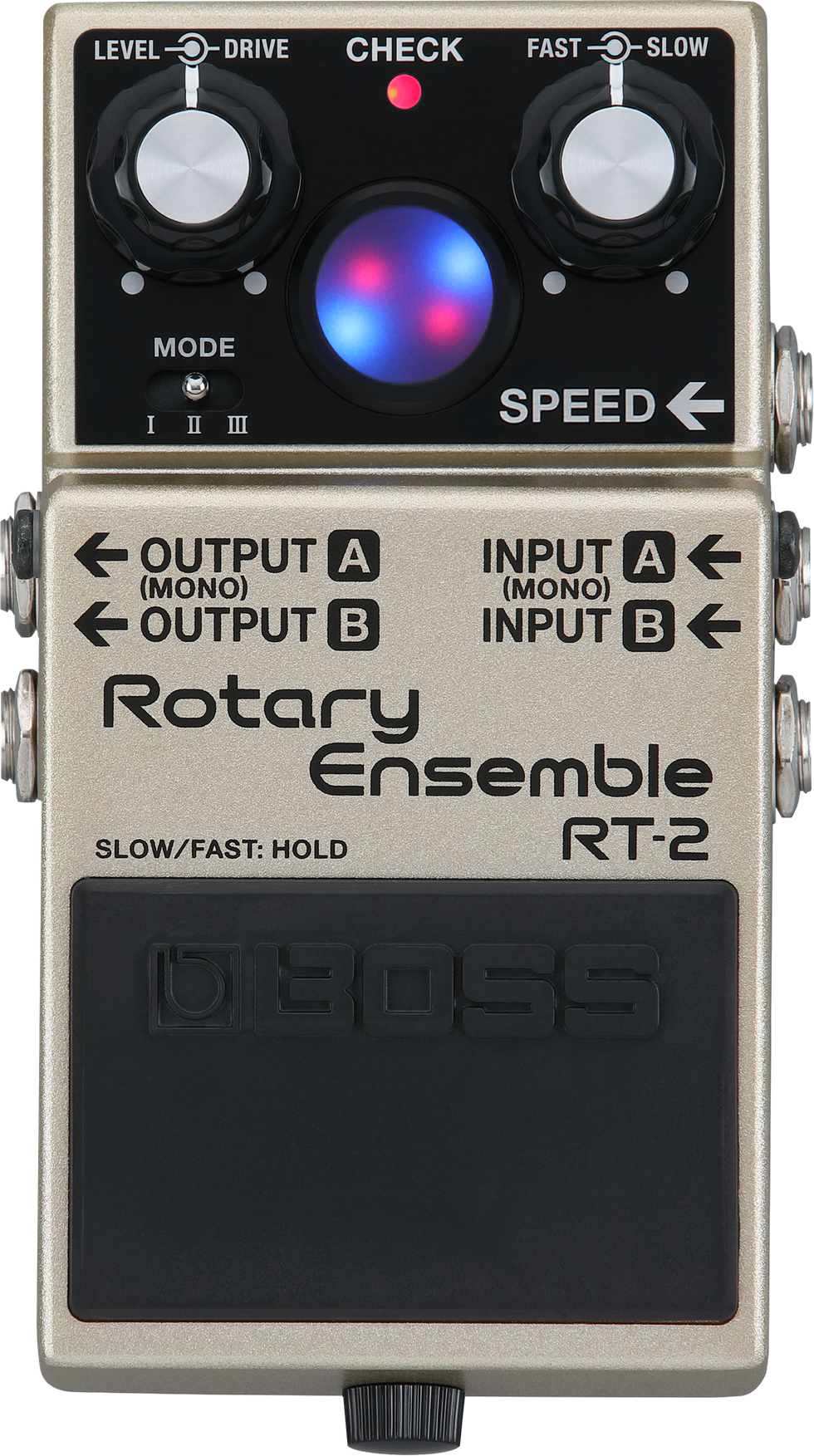
This simpler evolution of Boss’s discontinued RT-20 is definitely one of the better rotary speaker simulators you’ll find in a compact pedal. It’s rich and realistic, in no small part because its simple control layout still enables a user to shift emphasis between virtual treble and bass horns, add simulated tube amp drive, and switch between slow and fast ramp times. The resulting modulations are much less binary, more organic, and considerably more atmospheric than those from a simple vibrato pedal.
$239 street, boss.info
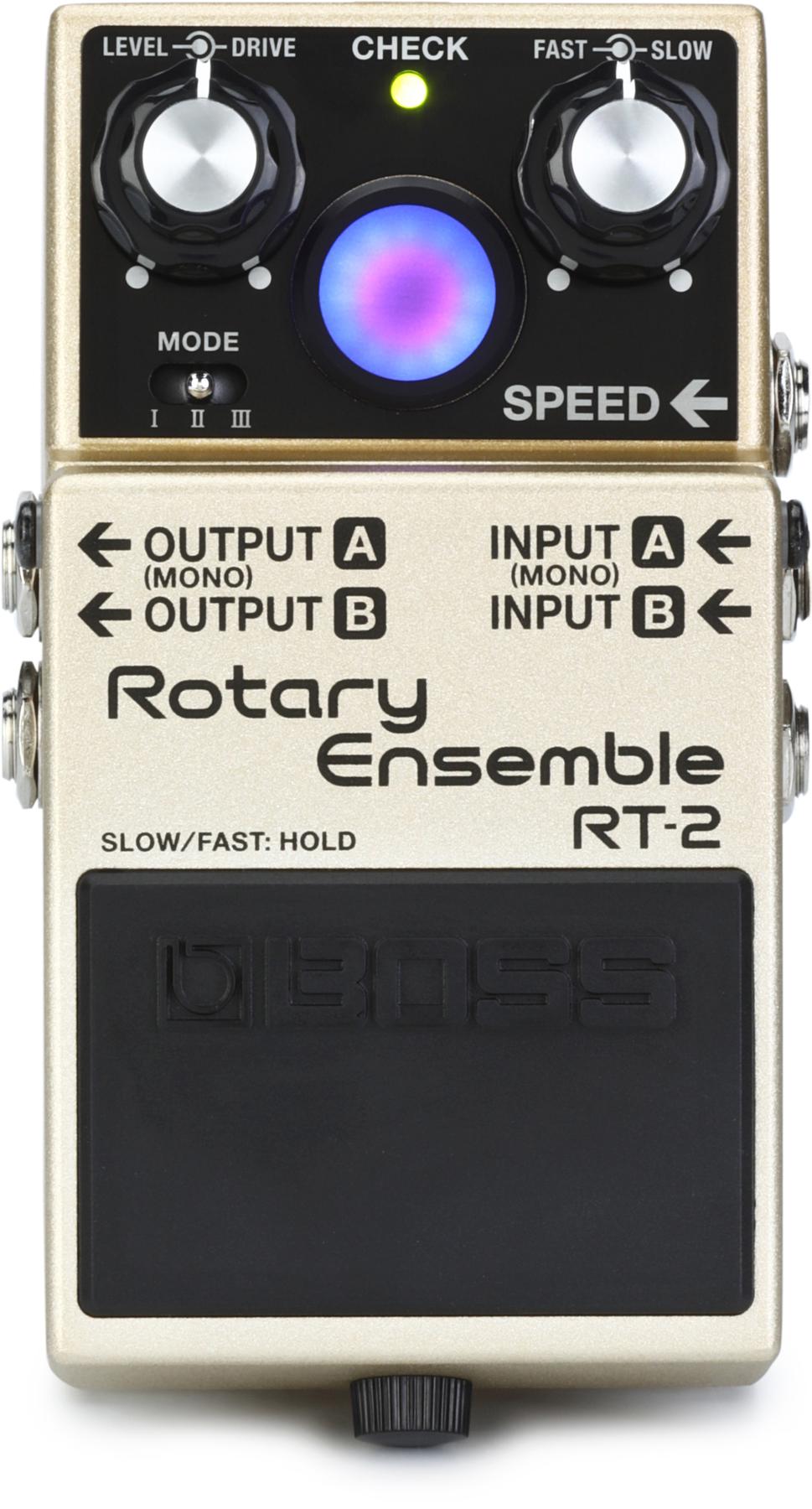
Boss RT-2 Rotary Ensemble Pedal
Strymon EC-1
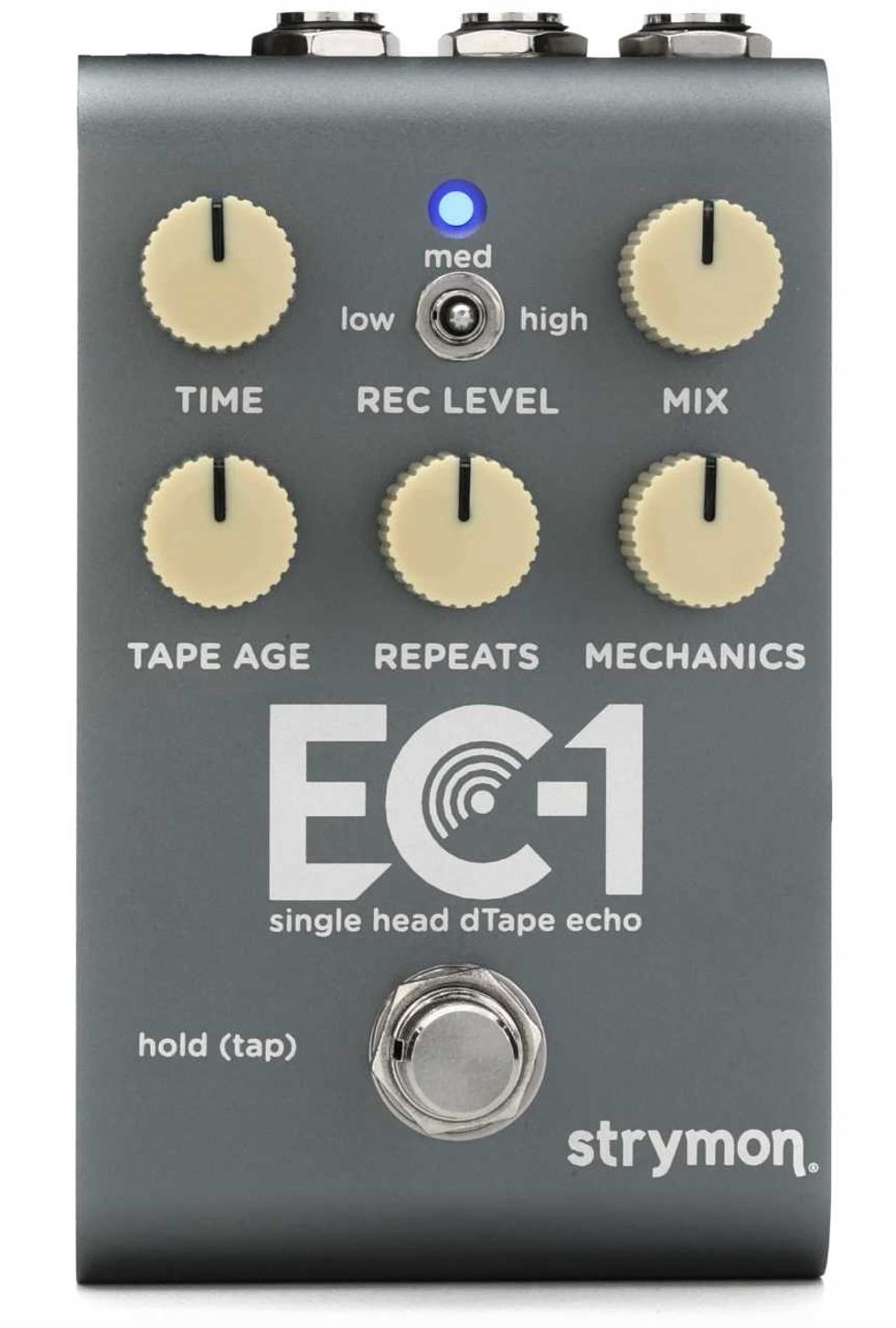
Typically, when a pedal maker tries to capture Echoplex tones, the solid-state EP-3 is the go-to reference. Strymon, however, took a different path: it based its design on the less common—and in some circles, more coveted—tube-driven EP-2, and used one modded by legendary amp technician Cesar Diaz. The result is an Echoplex simulation that feels both warmer and punchier than many others on the market, an appealing proposition in a crowded product segment.
$279 street, strymon.net
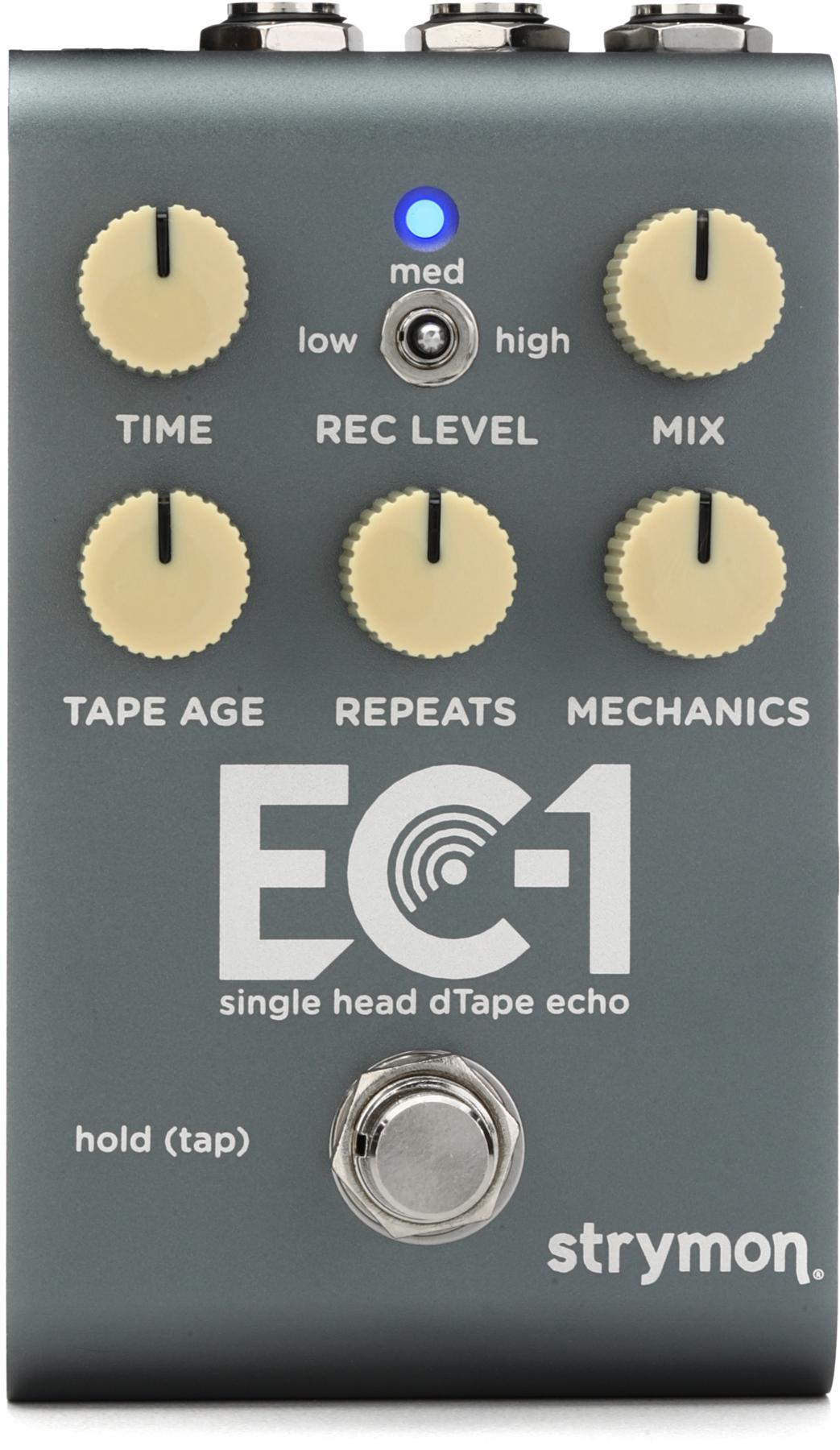
Strymon EC-1 Single Head dTape Echo Pedal
NUX Queen of Tone
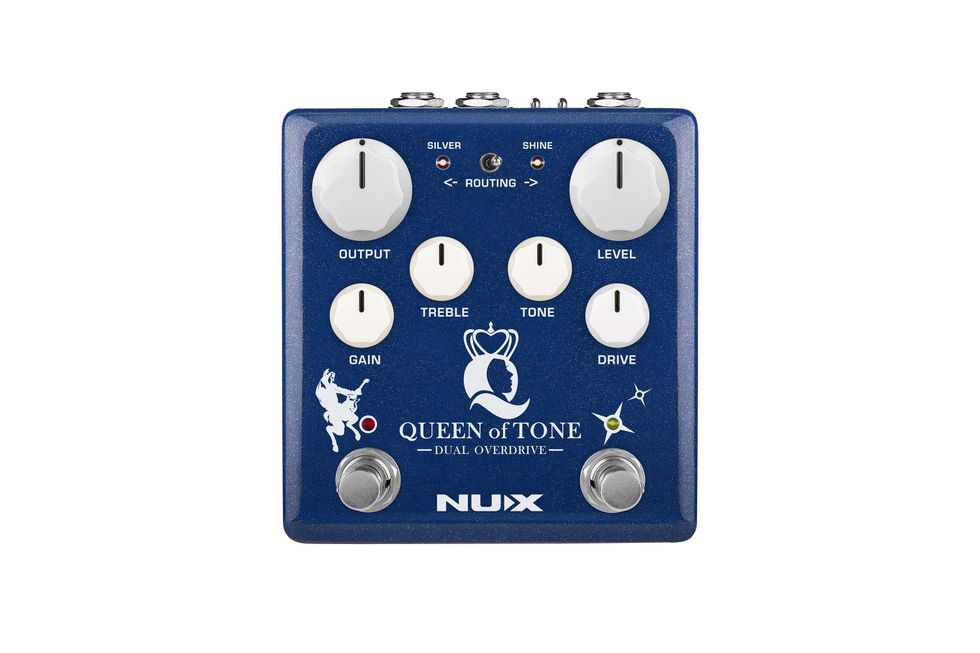
The name may suggest a note-for-note copy of Analog Man’s much-coveted King of Tone, which is a modified mashup of two Marshall BluesBreaker circuits. But NUX’s two-headed overdrive machine actually unites the company’s BluesBreaker-style Morning Star overdrive and their take on the Klon Centaur, the Horseman. You can, of course, switch the order of the effects, which can yield many interesting colors, but you can also opt for a raspier “silver” version of the Horseman or a FET circuit that will hammer the front end of an amp.
$149 street, nuxaudio.net
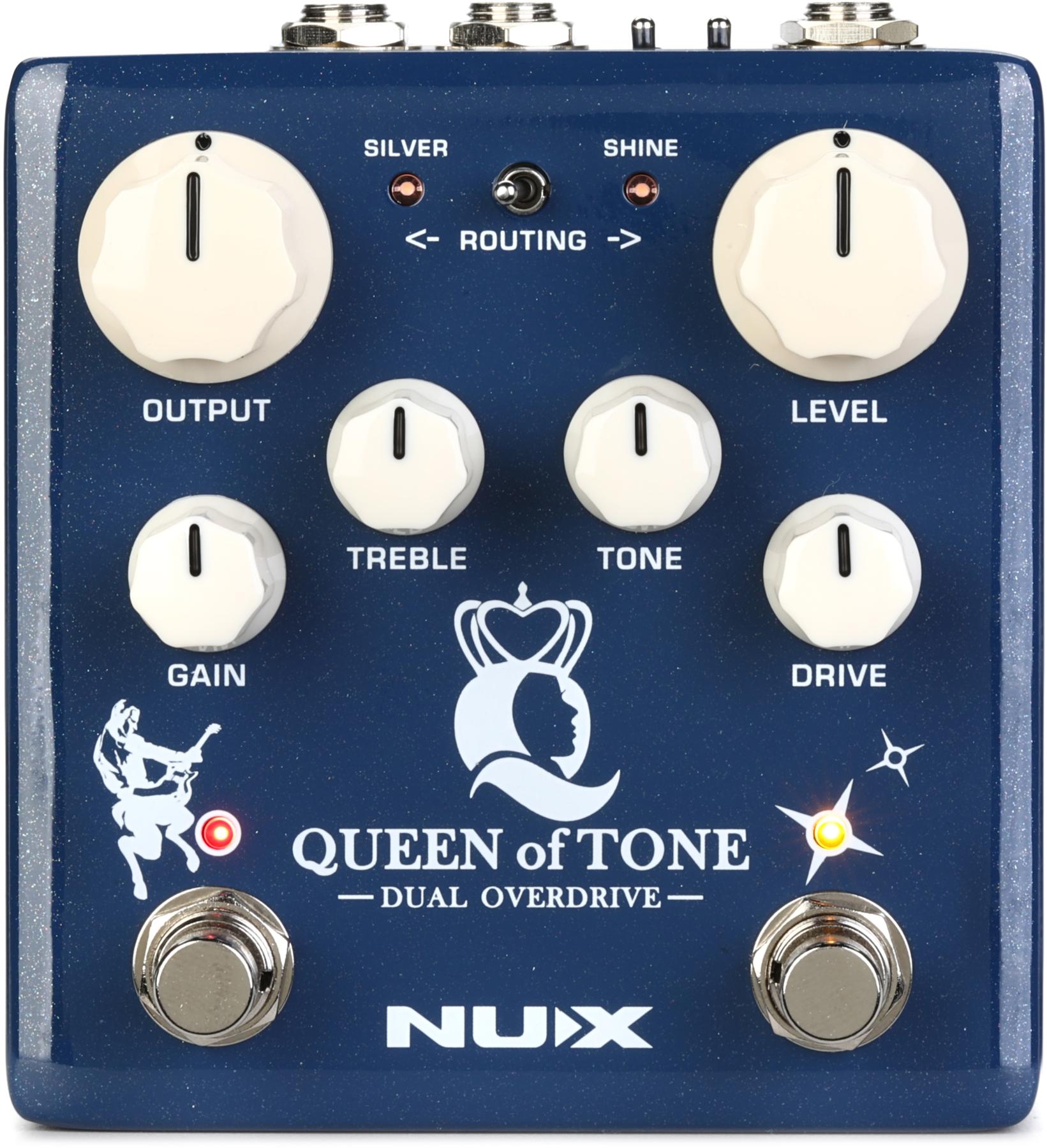
NUX Queen of Tone Dual Overdrive Pedal
Berzerker Aquanaut
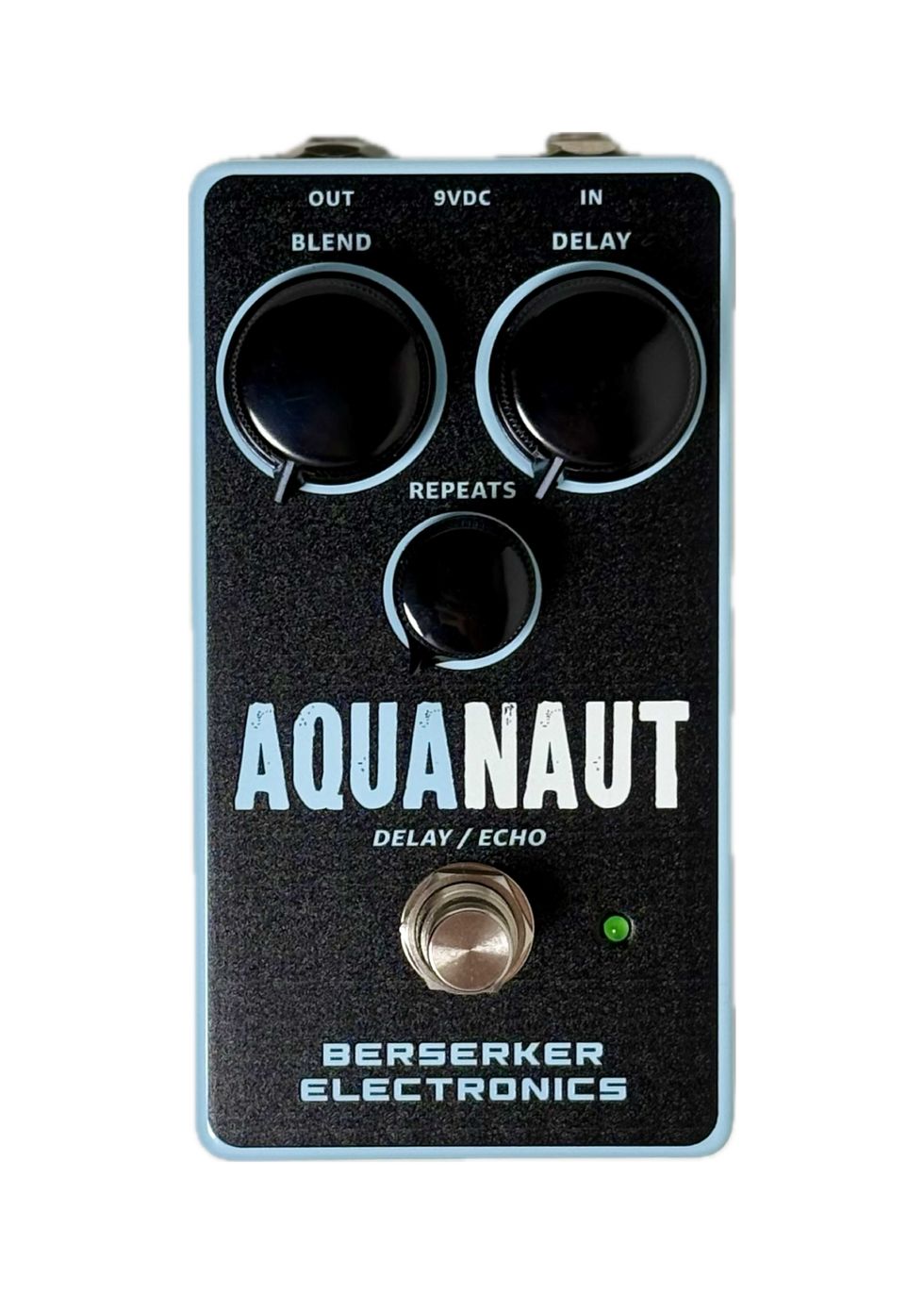
The affordable, U.S.-built Aquanaut takes an interesting approach to achieving its pleasing and unmistakably analog-like tone color. For generating repeats, the unit employs the PT2399 digital chip—an inexpensive device once used in karaoke machines that delivers analog haziness. However, the Aquanaut also uses analog filtering at the input and output, which adds to an overall sense of bucket brigade toastiness without the clock noise.
$129 street, berserkerpedals.com
PRS SE NF 53
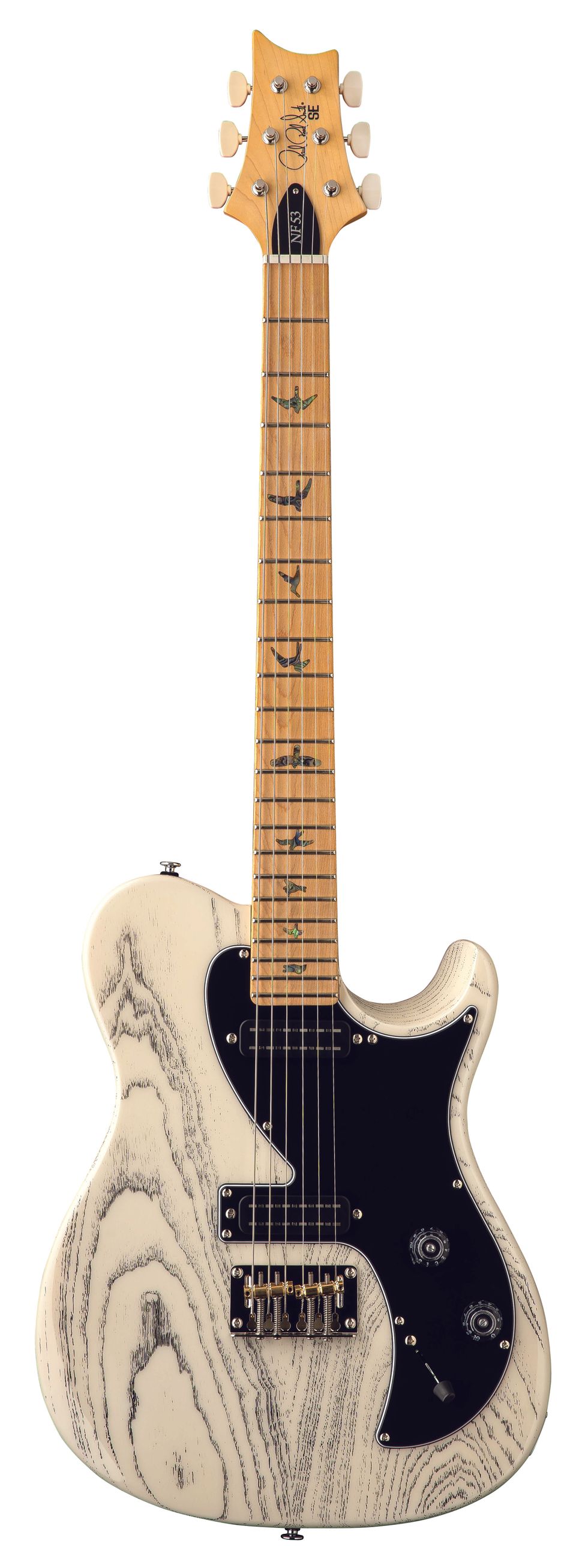
At first glance, the single-cutaway might mislead a novice into thinking the SE NF 53 is just another T-style guitar—but that label hardly does justice to its distinctive qualities. The Narrowfield DD humbuckers, for instance, can deliver tones that are punchier, grittier, or smoother than a Telecaster’s, depending on how you set the guitar’s volume. Meanwhile, its streamlined design will feel familiar—and inviting—to anyone drawn to T-style guitars for their elegant simplicity.
$2,899 street, prsguitars.com
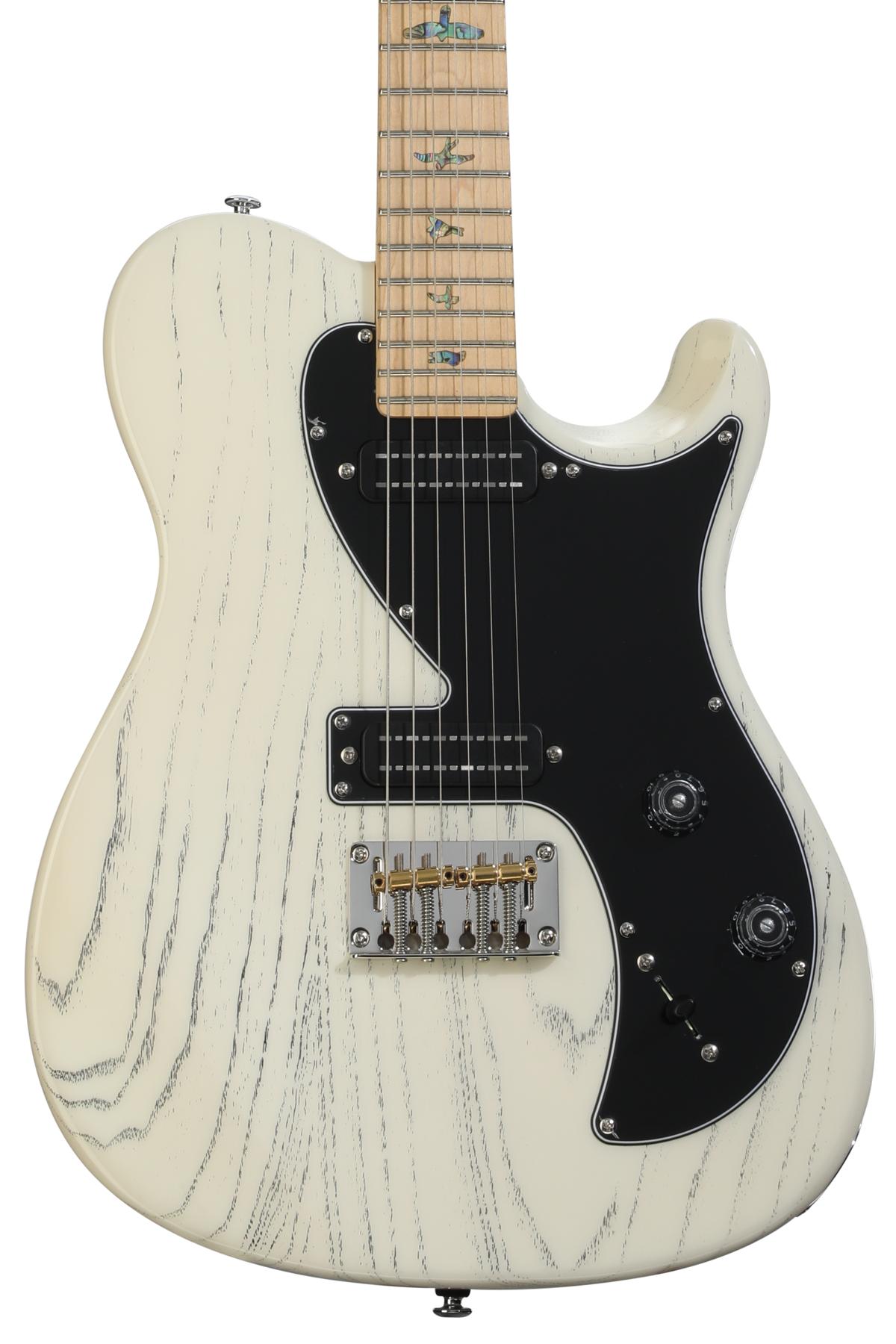


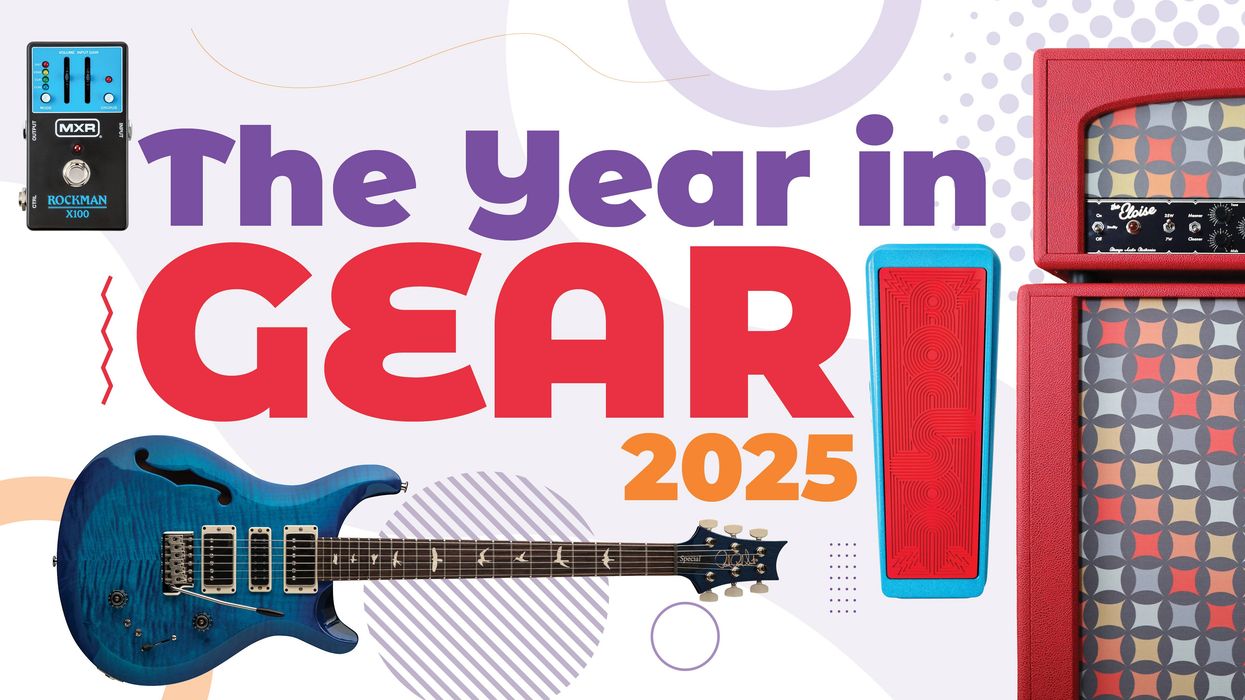

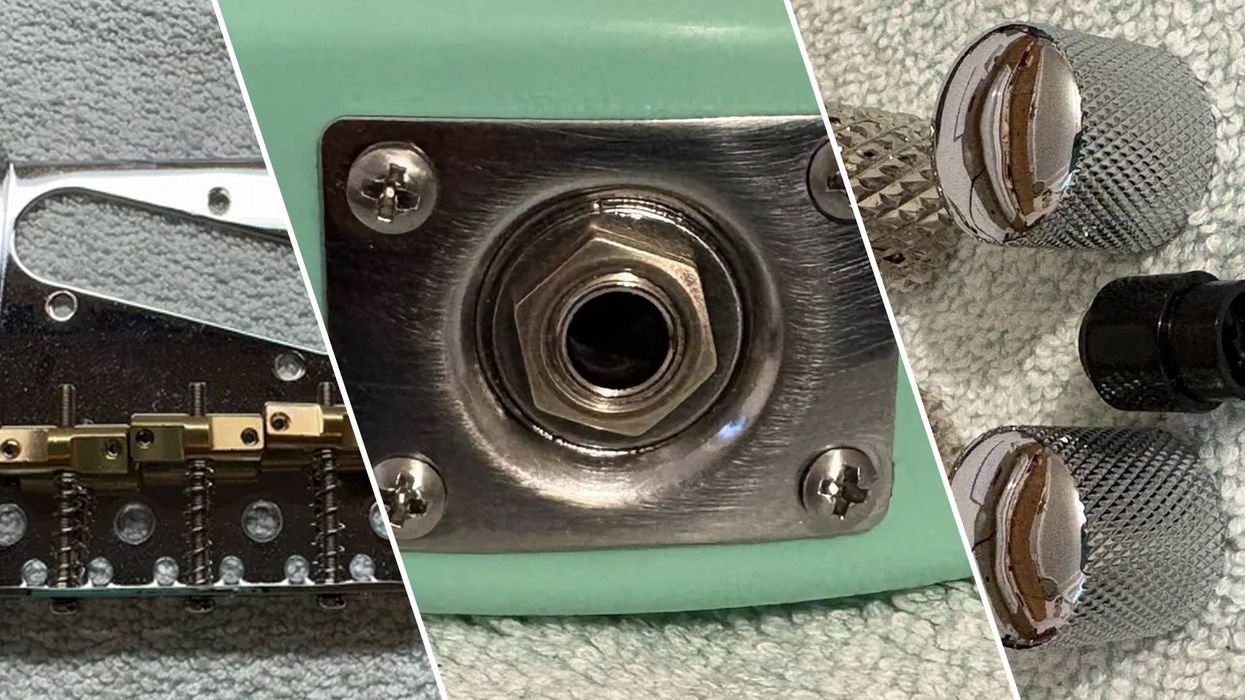
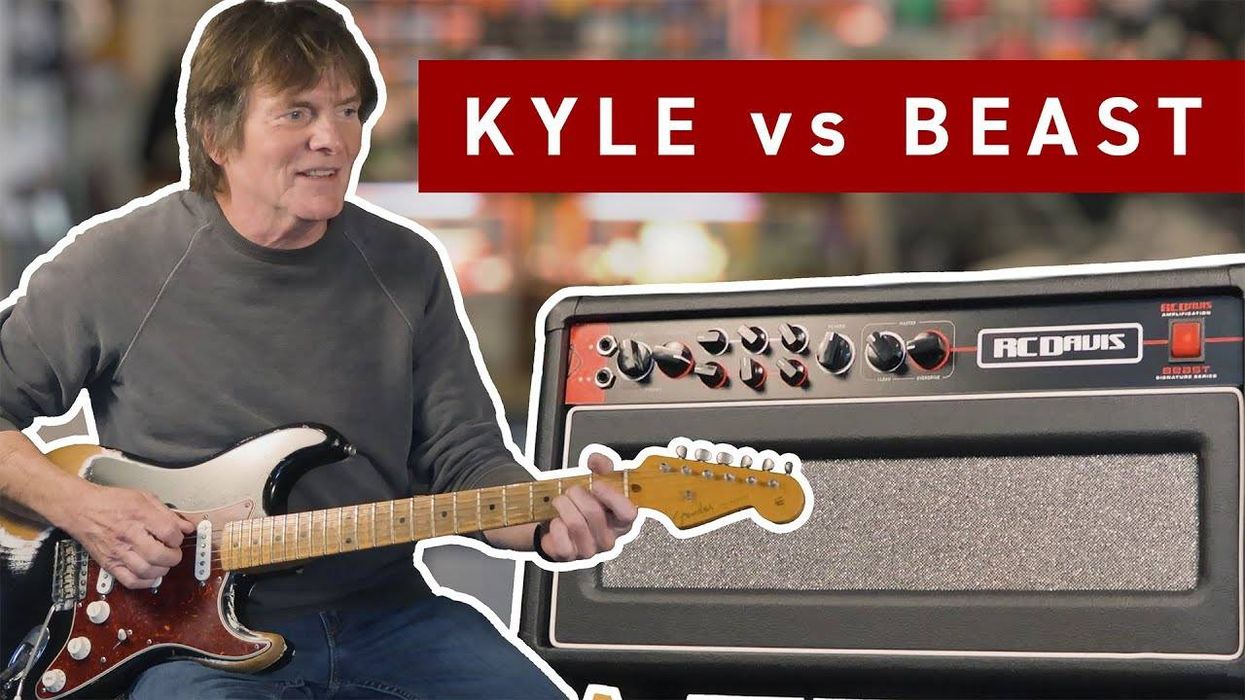
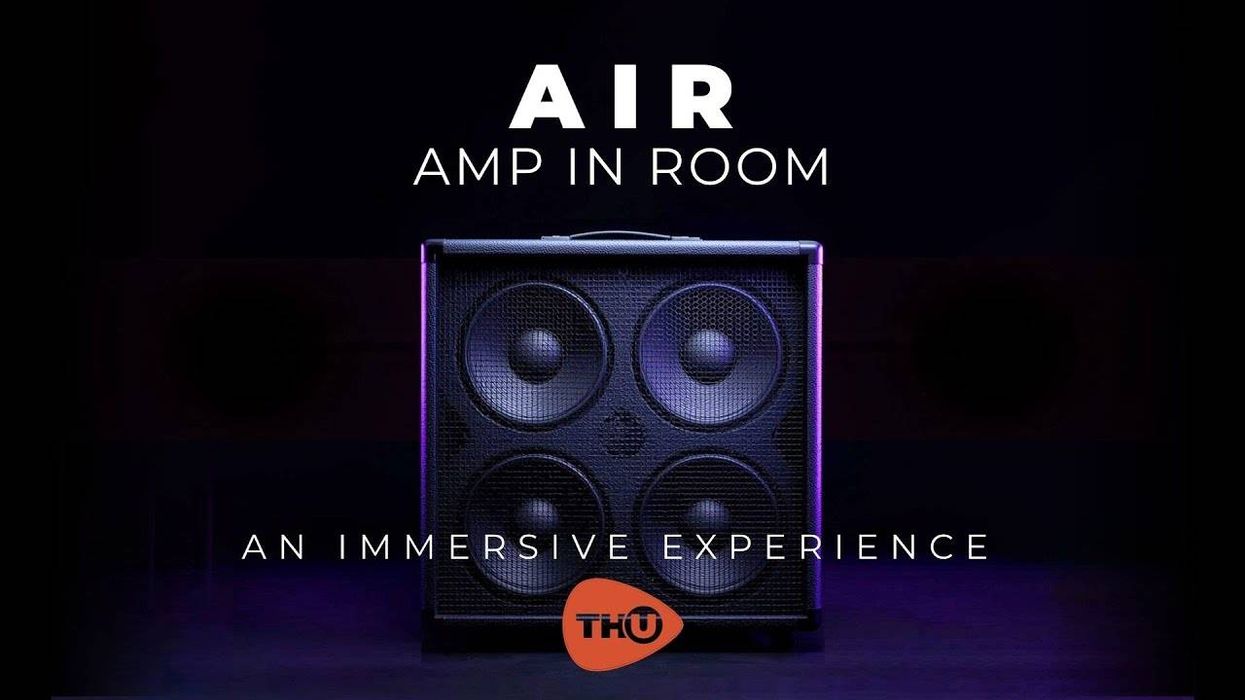
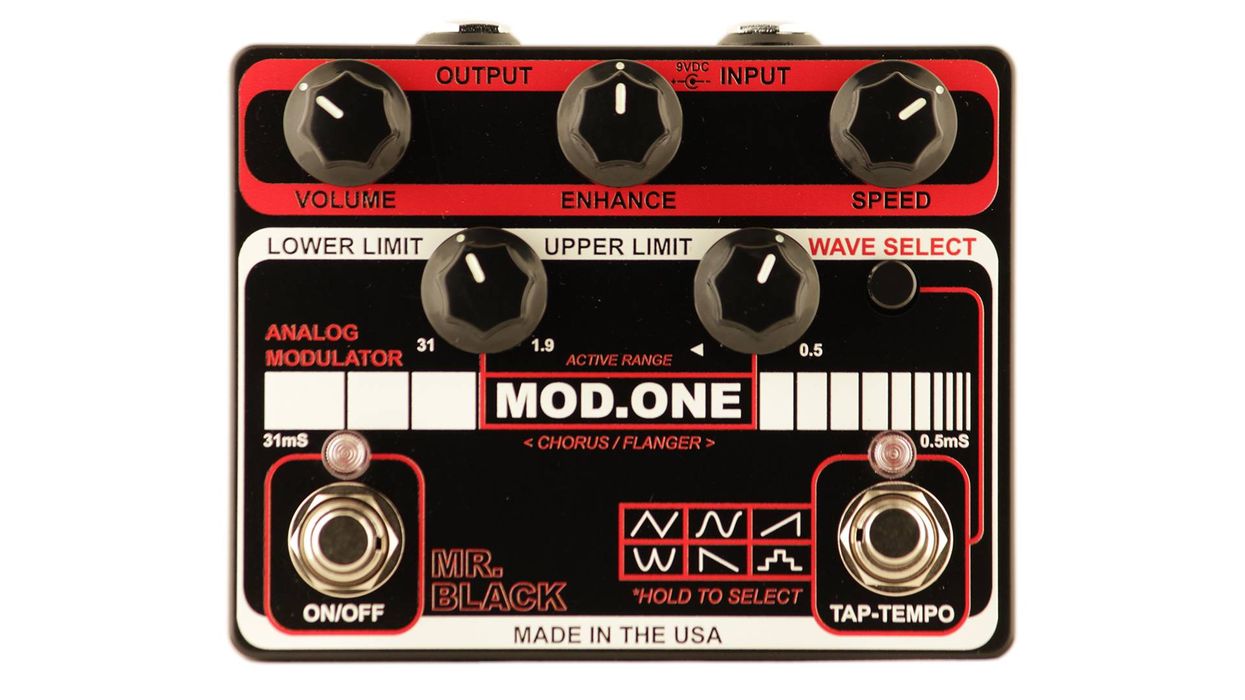
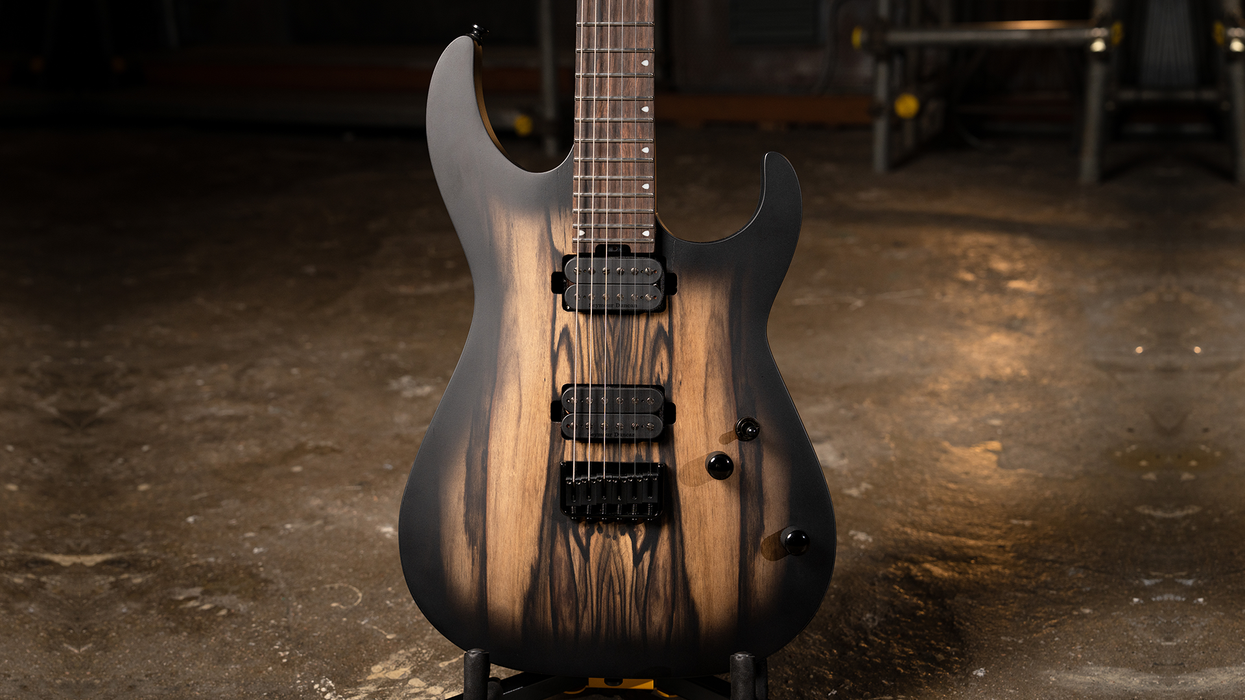


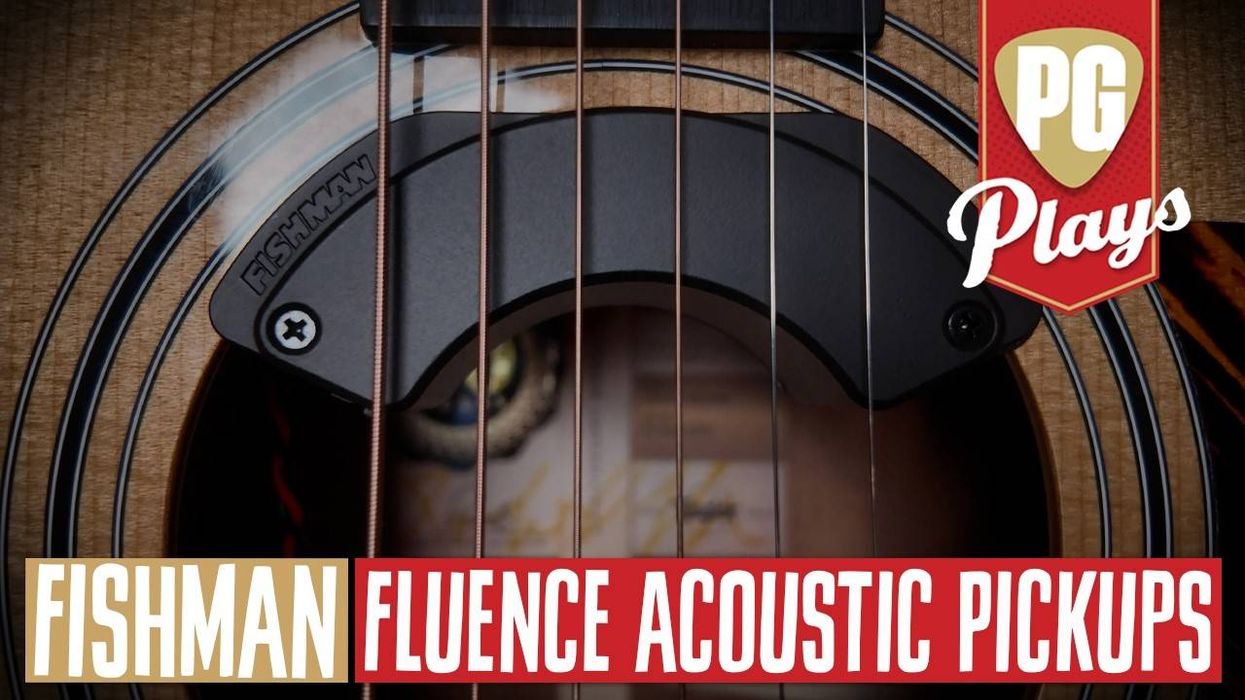
![Rig Rundown: Russian Circles’ Mike Sullivan [2025]](https://www.premierguitar.com/media-library/youtube.jpg?id=62303631&width=1245&height=700&quality=70&coordinates=0%2C0%2C0%2C0)
